Unveiled in June 2024, the Fiat Grande Panda is shaking up the entry-level electric city car market. Larger than the previous generation and well-equipped, it positions itself as a direct competitor to the Citroën ë-C3, with which it shares the same platform. So, which one to choose?
The Fiat Panda is making a comeback in a Grande version. Because it has significantly enlarged the small city car of yesteryear, to the point that it is now investing in the upper segment. Pretty good considering that one in two cars sold in France currently falls into this B segment, which is continuing to grow.
Similarly, while Fiat is the third-largest brand in the Stellantis group in France in terms of market share, it ranks second when we focus on 100% electric vehicles. Ultimately, it only took five years for the brand to become electric, driven by the success of the Fiat 500e, of course, which has become nothing less than the best-selling Fiat 500 since its launch in 2007, with around 20,000 units sold per year. Not to mention its big sister, the Fiat 600e. If we put aside the Topolino, a clone of the Citroën AMI, the new Fiat Panda will be the brand's third 100% electric car. Even if it comes in a hybrid version, as we will see later.
An inspired design for the Fiat Grande Panda
The switch to electric hasn't stopped Fiat from trying to reinvent its famous model. This is normal when you consider that the Panda, which will celebrate its 45th anniversary in July, has still sold nearly 4.5 million units. By the way, did you know that the Fiat Panda already had a battery-powered version as early as 1990 with the retrofitted Elettra, which had a range limited to less than 100 km? For its fourth generation, the Fiat Grande Panda pays homage to the very first version by returning to the characteristic cubic silhouette. A recipe that works if we are to believe the sales figures for the new electric Renault 5.
In addition to its general appearance, the Grande Panda has many nods, such as the asymmetrical grille, the bodywork with embossed lettering on the sides, or the old logo with its four slashes that sits on the two C-pillars.
And what about these white steel rims inspired by the 4x4 version, which make quite an impression if we are to believe the reactions of the various passers-by during our test. While this is the basic equipment of the Red version positioned at the entry level. Well done.
With its horizontal lines, the front end plays the same contemporary score as the Hyundai Inster with its pixelated grille.
The rear is more vertical and features the stylized Panda lettering embossed there again. The whole thing is quite successful in our opinion, with a style that could tip the scales towards this model rather than its cousin Citroën ë-C3 with which it shares the same platform.
Aboard the Fiat Grande Panda
The Fiat Grande Panda also stands out in the passenger compartment, which continues the winks. The dashboard takes up the storage compartment of the old version, replacing the sliding ashtray, a testament to another era, with... a smartphone holder.
In addition, the Panda, which aims to be a car designed for everyday use, has 13 liters of very practical storage. Including two glove boxes. Indeed, by freeing the dashboard from the passenger airbag which is moved into the roof, Fiat was able to integrate this additional space, which can also be covered with bamboo fibers on the top-of-the-range version.
Those nostalgic for the 80s will delight in the seats which adopt thermoformed square patterns, which are inspired by the quilted doors of the first generation, or the door panels with their logo in relief.
Functional, the Fiat Grande Panda, given its price positioning, displays a profusion of hard plastics. We can console ourselves with the knowledge that they are made from recycled materials. And in particular Tetrapak packaging (140 cartons per car). The latter is made up of 80% paper, which is commonly recycled, but also 20% plastic and aluminum, which are generally not highly recycled. These are the materials that give the door panels their shiny appearance when the car is in direct sunlight. Don't expect a passenger grab handle or even a central armrest in the entry-level trim either.
On the other hand, the Fiat Grande Panda comes standard with a 10.25-inch infotainment touchscreen. And this is even in the entry-level trim, while the Citroën ë-C3 only offers it from the top trim level. Colorful, its frame is dressed in transparent polycarbonate with a little Panda to continue the hunt for Easter eggs.
The interface is very simple to understand due to the few features, but after all it is sufficient on a vehicle like the Fiat Grande Panda. The latter still offers Android Auto and even CarPlay, wirelessly please.
Very bright, the touchscreen is easy to read even in direct sunlight, with a very detailed display thanks to the high definition. And this is true both for the various menus and with the reversing camera, which is nevertheless reserved for the top-of-the-range version of the Fiat Grande Panda.
On the other hand, even if it can claim to be able to get out of major cities, don't expect to have any route planner on board the Fiat Grande Panda. The manufacturer simply offers the e-routes function via its mobile application, which also allows you to precondition the passenger compartment (but not the high-voltage battery for optimal charging in winter), or to locate and monitor the vehicle's condition remotely. And to make matters worse, the user must pay €12/month after the first six months of free use. Since the Fiat Grande Panda is equipped with Android Auto and CarPlay, some will quickly use free applications such as A better route planner or Google Maps which indicates the charging stations.
A second color screen, this time 10 inches, is located behind the steering wheel. The instrumentation is extremely refined, but not without displaying almost everything necessary. Just like the center console, the interface design refers to the Lingotto, Fiat's former iconic headquarters with its test track on the roof, at the level of the two meters.
Pushed to the sides, these indicate the battery charge level via a gauge and as a percentage, and the level of power or regeneration during braking. It is also possible to display one of the two trips (average speed and distance traveled) by pressing a button, but there is no consumption information at the moment.
The vehicle's current speed is displayed in large format in the center of the screen, framed by the current speed limit and the driving mode. Finally, the lower part of the interface groups the remaining range in kilometers, the odometer, and the outside temperature indicator. In summary, the instrumentation is simple, but effective.
Efficiency is also a question when it comes to the climate controls. Obviously, Fiat has kept the physical buttons for both versions of the Grande Panda. Our entry-level Red edition is equipped with air conditioning, while the top-of-the-line model benefits from automatic air conditioning.
Another notable difference is that the center console of the latter houses a wireless charging base for a smartphone.
Regardless of the version of the Fiat Grande Panda, passengers seated in the front have two USB Type C ports and a 12V charger. Between the two, we will note the presence of two buttons, the first allowing to deactivate the ESP, the second dedicated to the speed alert which, for once, is not so annoying.
Moving to the rear seats, it is clear that by growing to move from the B segment to the C segment (3.99 m long by 1.76 m wide and 1.57 m high), the Fiat Grande Panda takes full advantage of these additional 29 cm. Knee room is sufficient to accommodate tall passengers. On the other hand, the central seat will only be used for emergency repairs, with no major surprises on such a vehicle.
Like the front seats, rear passengers also have two USB C ports and several storage spaces, including in-seat pockets and even a pocket for storing a smartphone on the back of the headrests. On the other hand, the bins in the doors are relatively narrow.
This is not the case for the trunk, which has a volume of 361 liters compared to the average 321 liters in the segment. Its cousin, the Citroën ë-C3, is content with 310 liters, for example, and the Fiat Grande Panda even comes hunting on the territory of the Fiat 600, which has more or less the same volume despite its larger dimensions. Be careful, it's not about moving a house in a Panda, but there is finally enough space to easily store groceries.
On the other hand, there is no space provided for storing charging cables due to the lack of space under the trunk floor or even a small frunk under the front hood. That said, you won't necessarily have to bother with a T2 cable in the Fiat Grande Panda either. Indeed, the manufacturer had the good idea of integrating it into the front of the car, which allows to gain 20 liters in the trunk according to the manufacturer.
Two engines for the Fiat Grande Panda
The Fiat Grande Panda is marketed with two engines, but not the ones you might think. Indeed, if the model that interests us here is 100% electric, the brand keeps a foothold in the thermal with a 48V Mhev hybrid version. Expected next June, it will combine a three-cylinder petrol engine developing 100 hp with a DCT6 dual-clutch gearbox and a 28 hp e-power electric motor powered by a small 400 Wh battery. Enough to carry out maneuvers or drive at low speeds in all-electric mode.
For its part, the 100% electric Fiat Grande Panda is equipped with an 83 kW motor, or 113 hp. This is powered by a 44 kWh LFP battery (42 kWh usable), which gives it a WLTP range of 320 km. A value identical to that of the Citroën ë-C3 with which it shares the same Stellantis Smart Car technical platform. For comparison, Renault announces 312 km of autonomy for the electric Renault 5 with the 40 kWh battery, while the Dacia Spring has to make do with 226 km with its small 26.8 kWh accumulator.
As we saw above, the Fiat Grande Panda's grille conceals a hatch in which a 4.5 m long spiral cable is housed. This allows the car's high-voltage battery to be recharged on an alternating current (AC) wallbox. An ingenious solution, but one that imposes a constraint. Indeed, the accepted power is limited to 7.4 kW due to the size of the cable section. Those who prefer to charge at 11 kW on an AC terminal can still do so by choosing this type of on-board charger when ordering. However, you then lose the very practical cable at the front. So, which one should you choose? In our opinion, the practical aspects are more important than the modest time savings. In fact, charging from 20 to 100% at 7.4 kW only takes 45 minutes longer. Which is totally negligible if you recharge in the evening at home, for example.
In any case, the Fiat Grande Panda can of course recharge its battery at a direct current (DC) terminal, with a peak power of 100 kW. In this case, recharging from 20 to 80% will take 27 minutes. If the temperature conditions are optimal, it is worth remembering. Whatever the electric car, a cold battery will not be able to accept the maximum power announced.
At the wheel of the Fiat Grande Panda
Larger (hence its name), the Fiat Grande Panda nevertheless boasts dimensions that remain contained, and perfectly suited to urban use. Very maneuverable with its light steering, it also benefits from a turning circle that is sufficiently short for maneuvers. These are also made easier by the use of rear parking sensors, which are offered as standard on our Red model, and even the camera on the top-of-the-range La Prima version.
Furthermore, the car benefits from a brake energy recovery system like all electric cars, without offering one-pedal driving. Regenerative braking is rather light and does not allow the vehicle to be completely stopped when lifting the foot. You therefore have to “take” the brakes. More curiously, mode C is supposed to reduce brake energy recovery to provide more comfort, hence its name. In practice, the difference between mode D (normal) and this mode C is barely perceptible. Not to mention the reverse operation compared to other electric cars that offer to activate Mode B to reinforce energy recovery during braking.
Comfortable, the Fiat Grande Panda cannot claim the equipment highlighted by Citroën in its cousin the ë-C3. There are therefore neither Advanced Comfort seats nor double hydraulic shock absorbers. However, the suspension is also not lacking in comfort for the occupants, even if it quickly shows its limits on rough roads.
At ease in the city, the Fiat Grande Panda is also comfortable on the highway. On the plus side, its 83 kW (113 hp) are perfectly adapted to its size and always respond. Moreover, it is easy to imagine the difficulties of the old thermal block in certain situations, particularly on hills. None of that here, everything seems easy while still being gentle on the occupants who will appreciate not having to endure the violent accelerations of some electric cars. In addition, with 120 Nm, the Fiat Grande Panda has no trouble getting into fast lanes or overtaking maneuvers. Quiet in the city, it must nevertheless reconcile with the wind noise which becomes more present at 130 km/h.
Impossible to know the average consumption during our test, the Fiat Grande Panda does not currently indicate this information anywhere. Our test took place between Marseille and the small roads of Castellet, with a few small sections of motorway (limited to 110 km/h), and quite a bit of elevation, especially on the ridge road. Moreover, if the temperature was mild enough not to have to turn on the heating, we did not spare the mechanics. So, after leaving Marseille with a gauge that indicated 100% capacity for an estimated range of 300 km, we will end the day with 65% after having traveled 70 km. Note that the Fiat Grande Panda was able to take advantage of the energy recovery phases on the descent to display more autonomy at the finish than the distance actually traveled. Unfortunately, it is difficult to say the same at 130 km/h on the highway, when you will have to take regular breaks to recharge the battery with an estimated range of around 200 km. Capable of accepting 100 kW of power from a direct current fast charging station, the Fiat Grande Panda cannot yet claim to replace the main car in the household.
Price and finishes of the Fiat Grande Panda
The hybrid version of the Fiat Grande Panda will be marketed from next June from €18,900. The electric version costs €24,900. And even €22,900 thanks to an introductory offer, and even before applying the ecological bonus of up to €4,000 to which the Fiat Grande Panda is eligible. Indeed, the latter is manufactured in Serbia. In fact, it becomes the least expensive electric car in its segment.
Opposite, its cousin the Citroën ë-C3 starts at €23,300 with the less well-equipped You trim (for example, it lacks the 10.25-inch infotainment screen). At Renault, the R5 E-Tech is marketed from €23,990 for the Evolution version, which announces 312 km of WLTP autonomy with its 40 kWh battery. For its part, the Peugeot e-208 equipped with a 46.2 kWh accumulator can claim 360 km for a price of €24,000 in its entry-level Active version. Of course, there's the Dacia Spring, starting at €16,990. Smaller, less versatile, and less well-equipped, it's not in the same league.
With the new Fiat Grande Panda, the Italian manufacturer has chosen to narrow its range down to just two trim levels. First, with the pretty Red and its old-school white steel rims, which is also available in six other colors (€700) and already offers a comprehensive range of equipment. In fact, in addition to the two instrumentation and infotainment screens, it benefits from manual air conditioning, rear parking sensors, cruise control, electrically adjustable and heated exterior mirrors, electric front and rear windows, LED rear lights and a retractable charging cable in the front grille. The latter can be replaced by a more conventional 11 kW on-board charger with a three-phase mode 3 cable for €300.
Also available in seven colors (€700 except for the metallic yellow offered as standard), the Fiat Grande Panda Prima adds 17-inch alloy wheels, a reversing camera, front parking sensors, electrically folding exterior mirrors, automatic front windshield wipers, a front center armrest, an upper glove compartment with bamboo fiber covering, not to mention an induction smartphone charger, tinted rear windows and silver longitudinal roof bars. The Prima can also be equipped with a winter pack with heated steering wheel, front seats and windscreen.

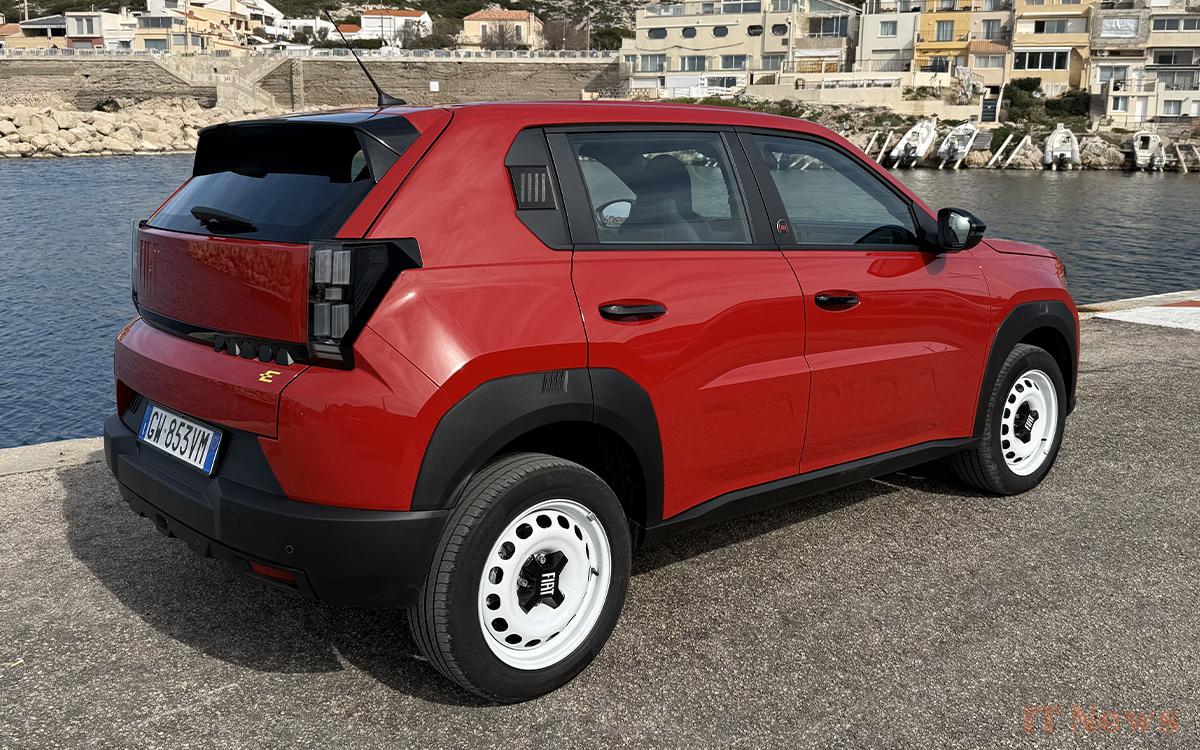
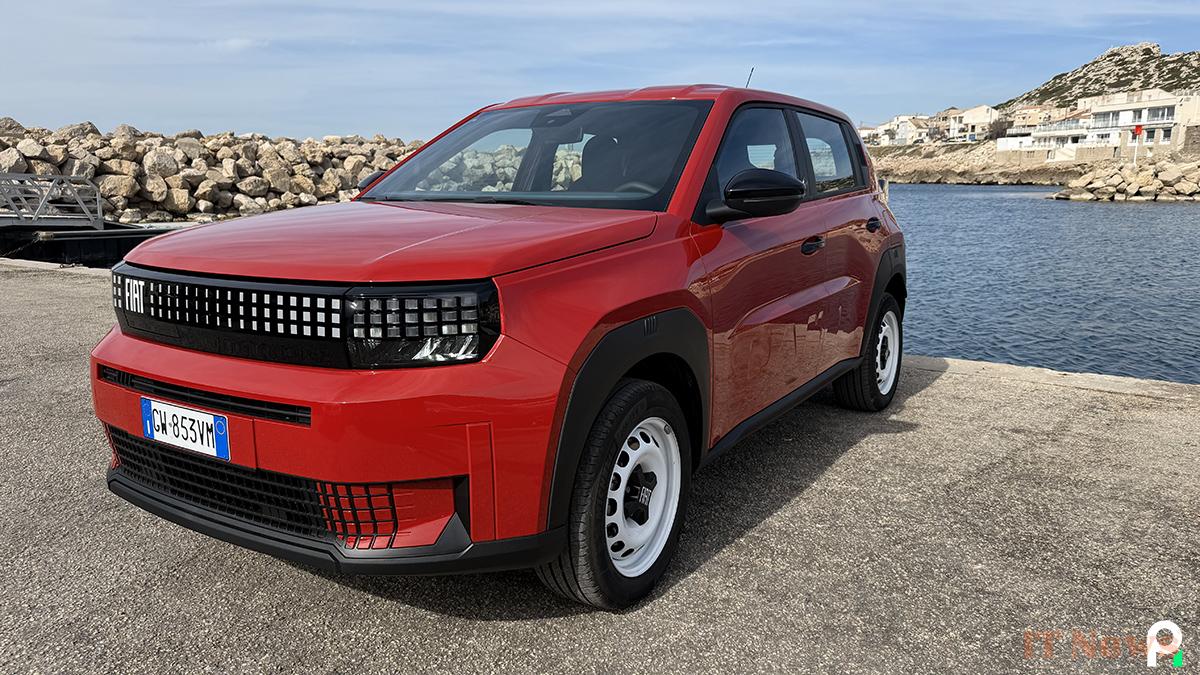
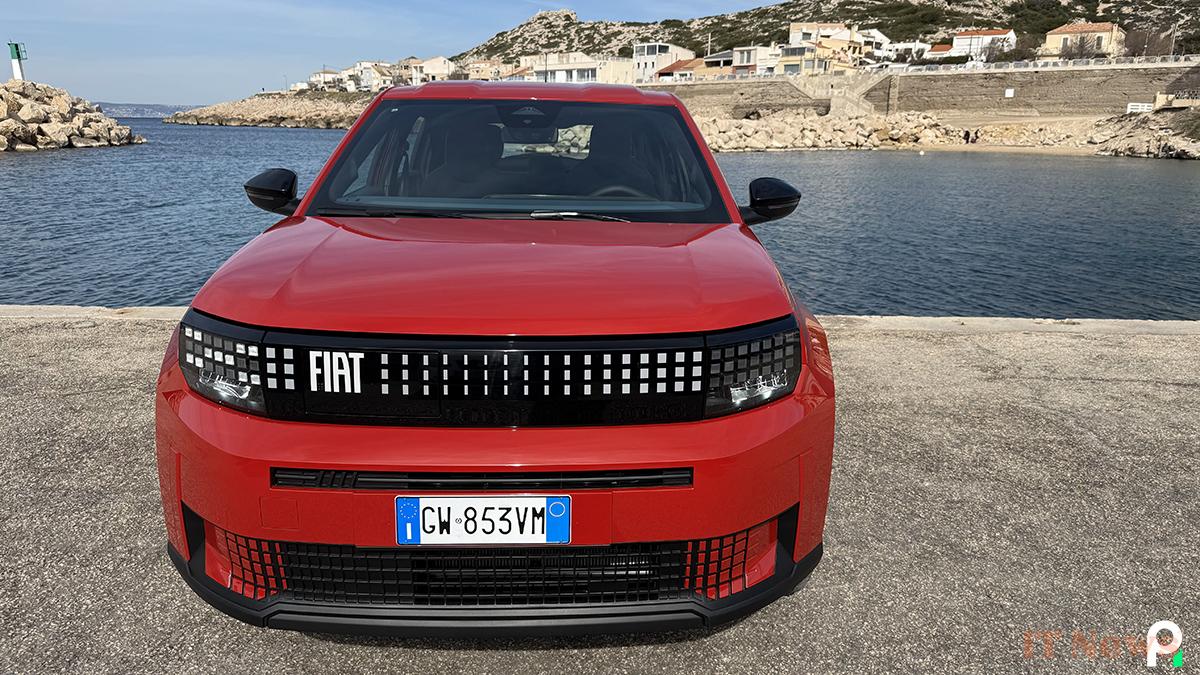
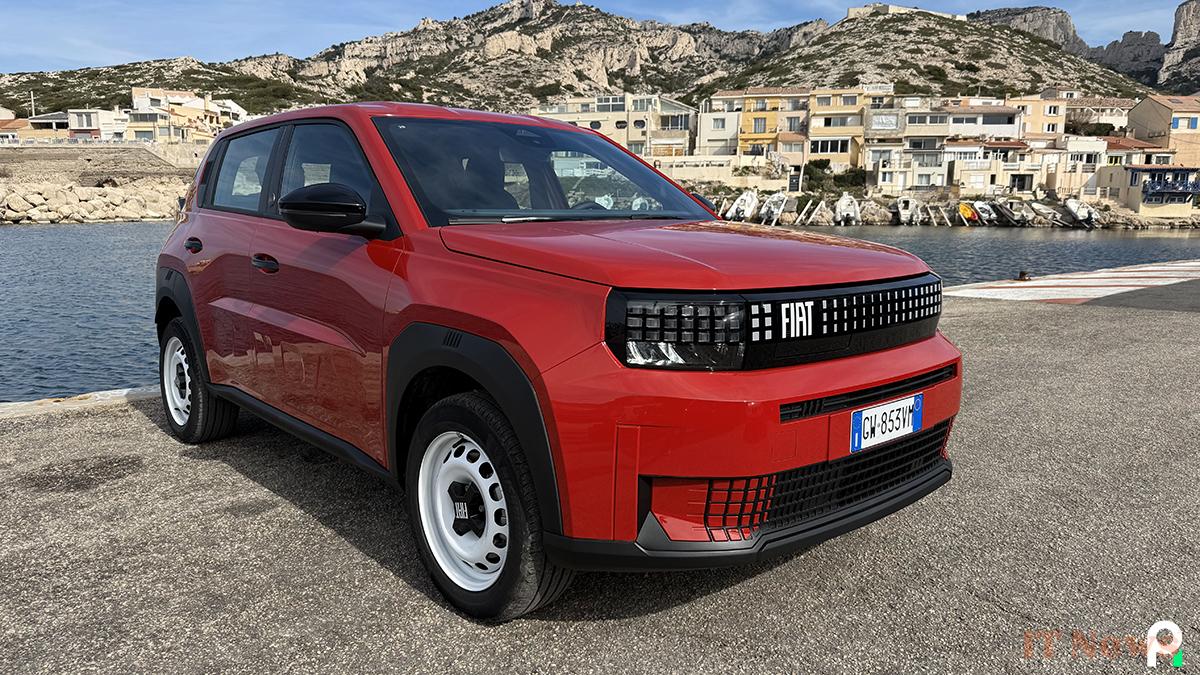
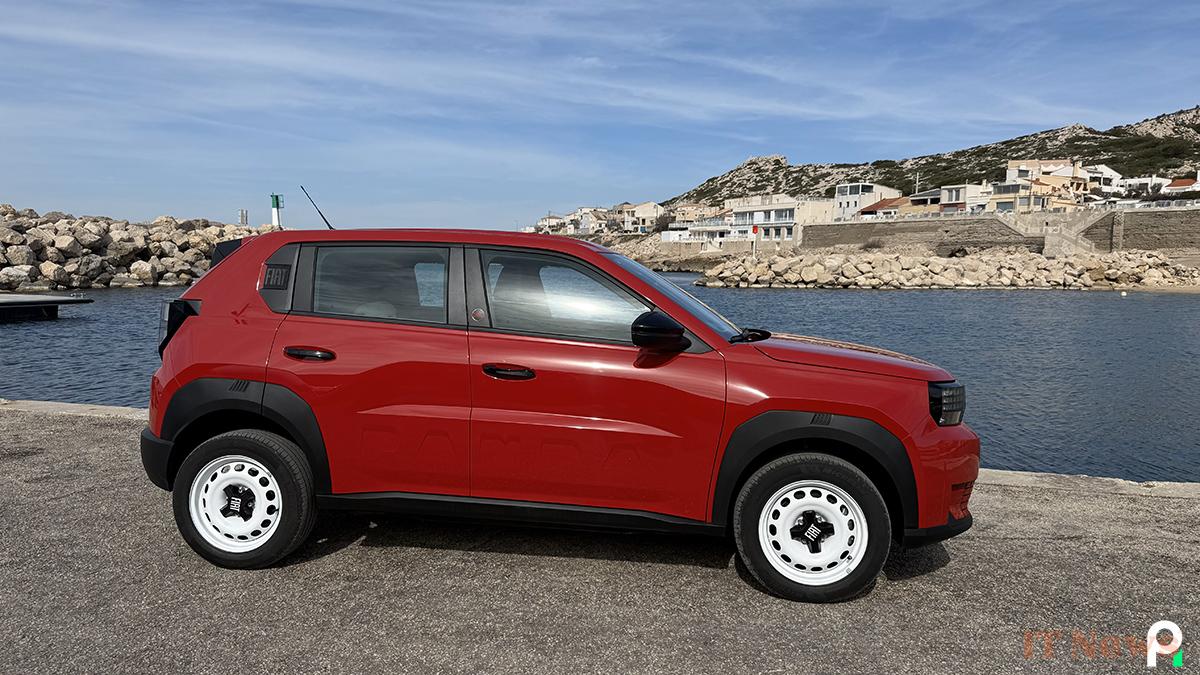
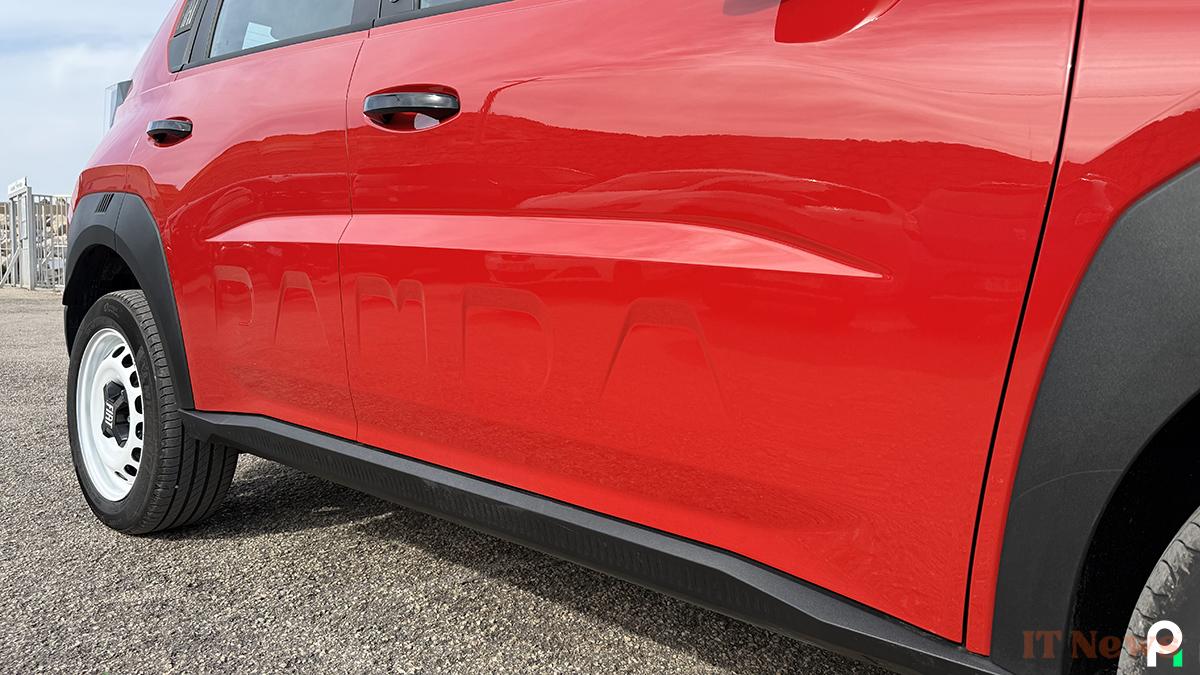
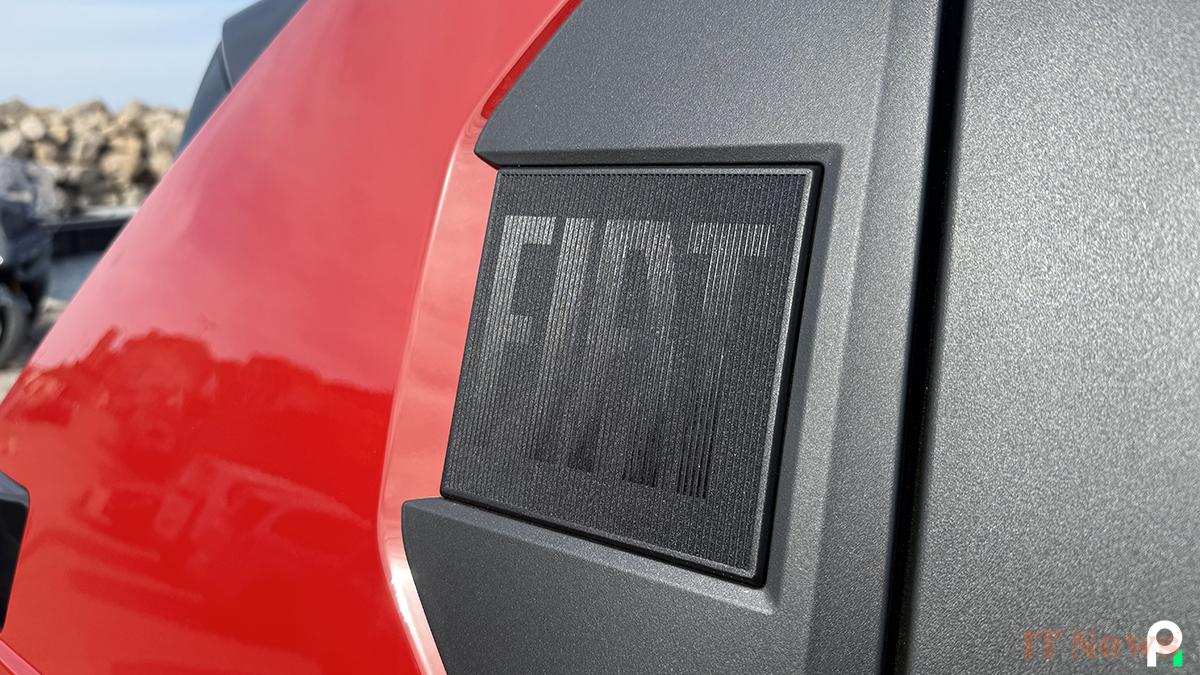
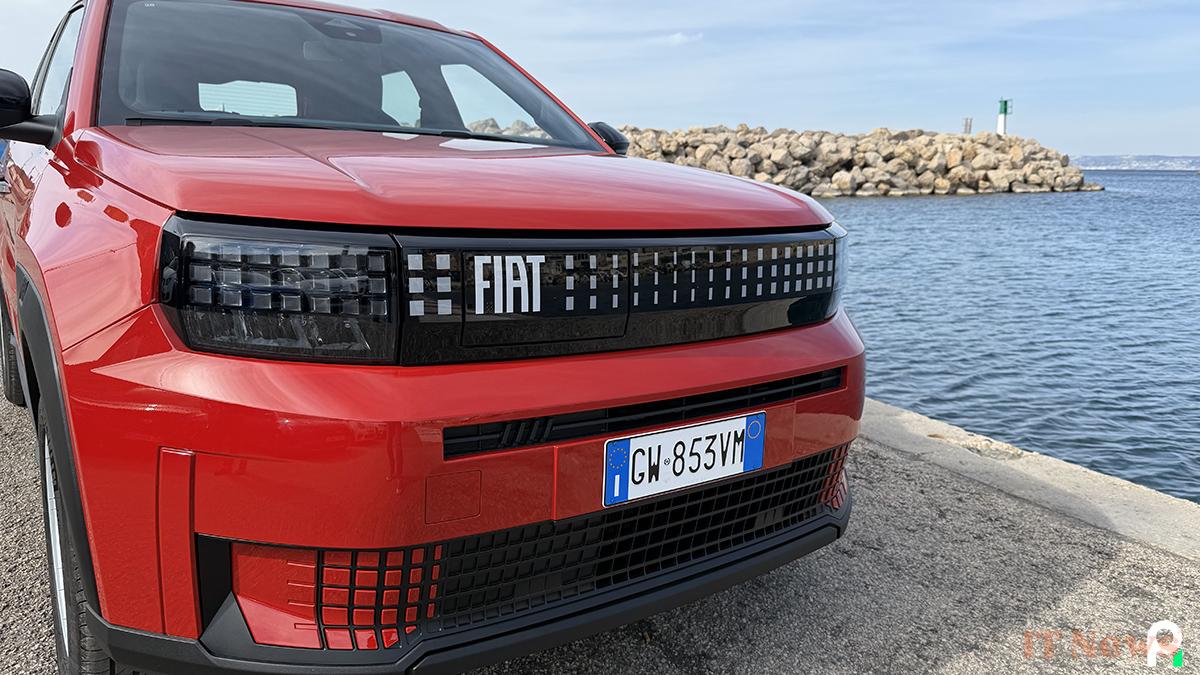

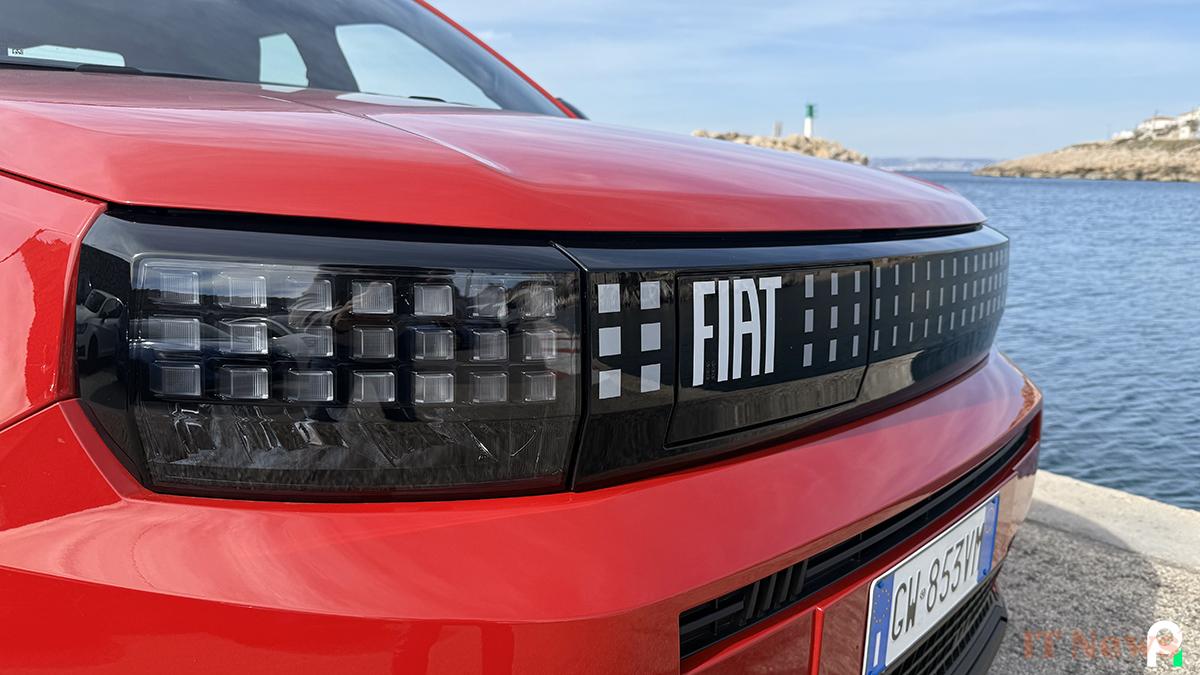

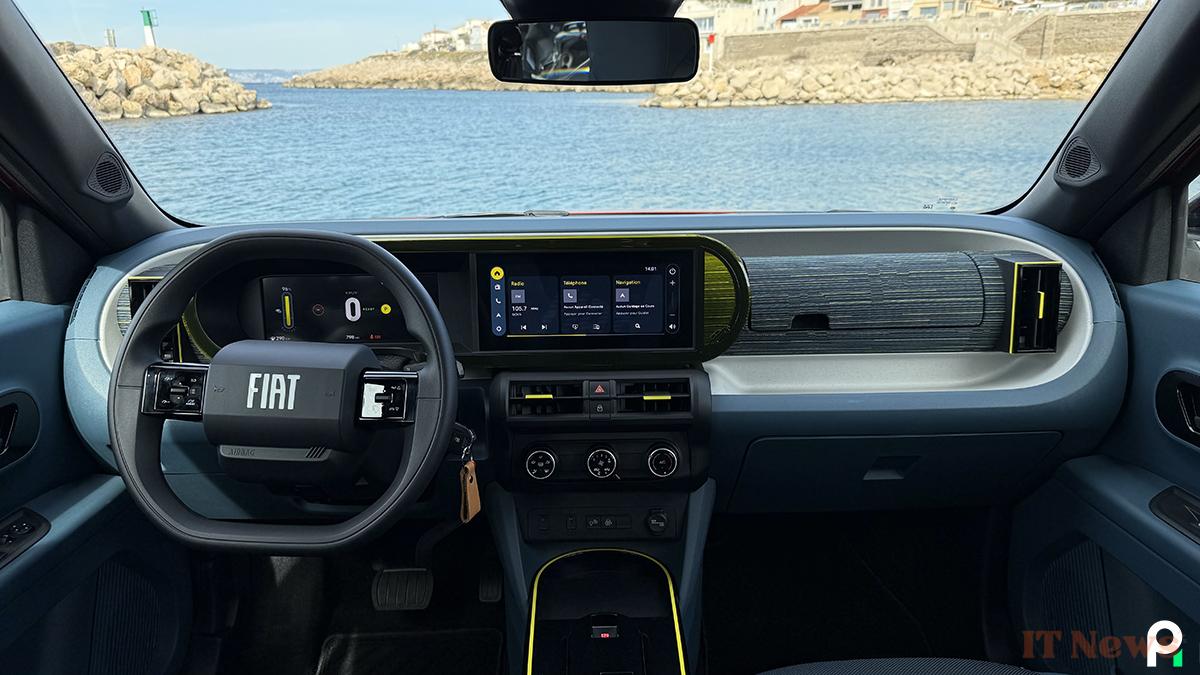

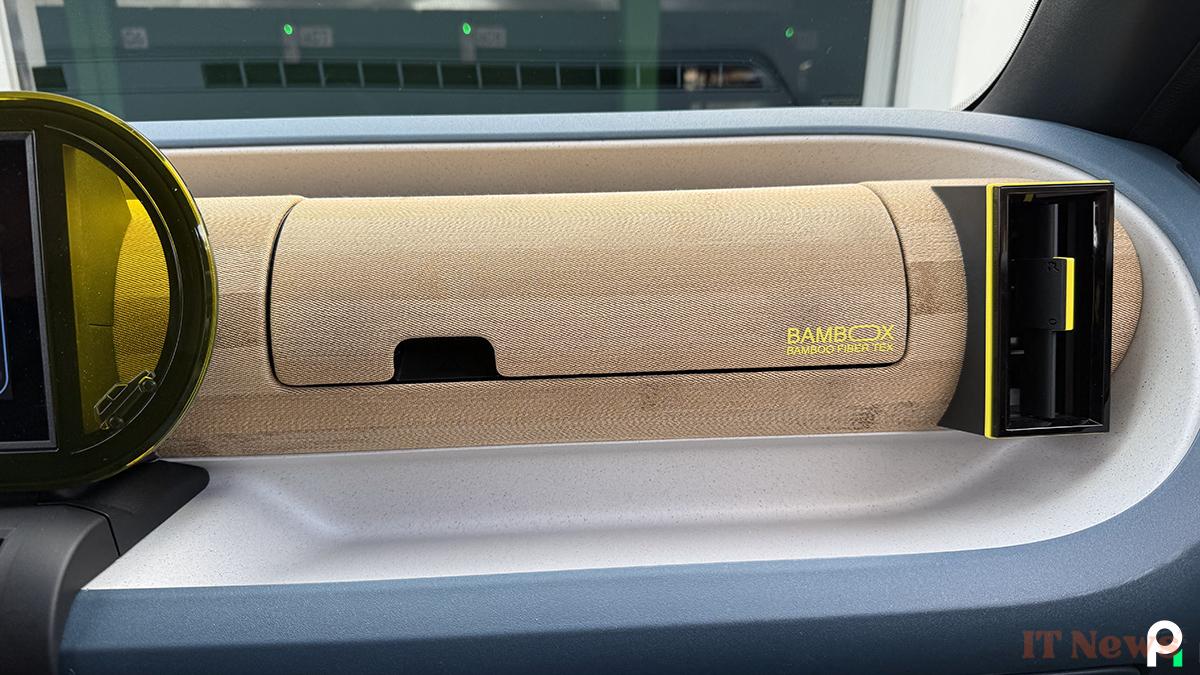
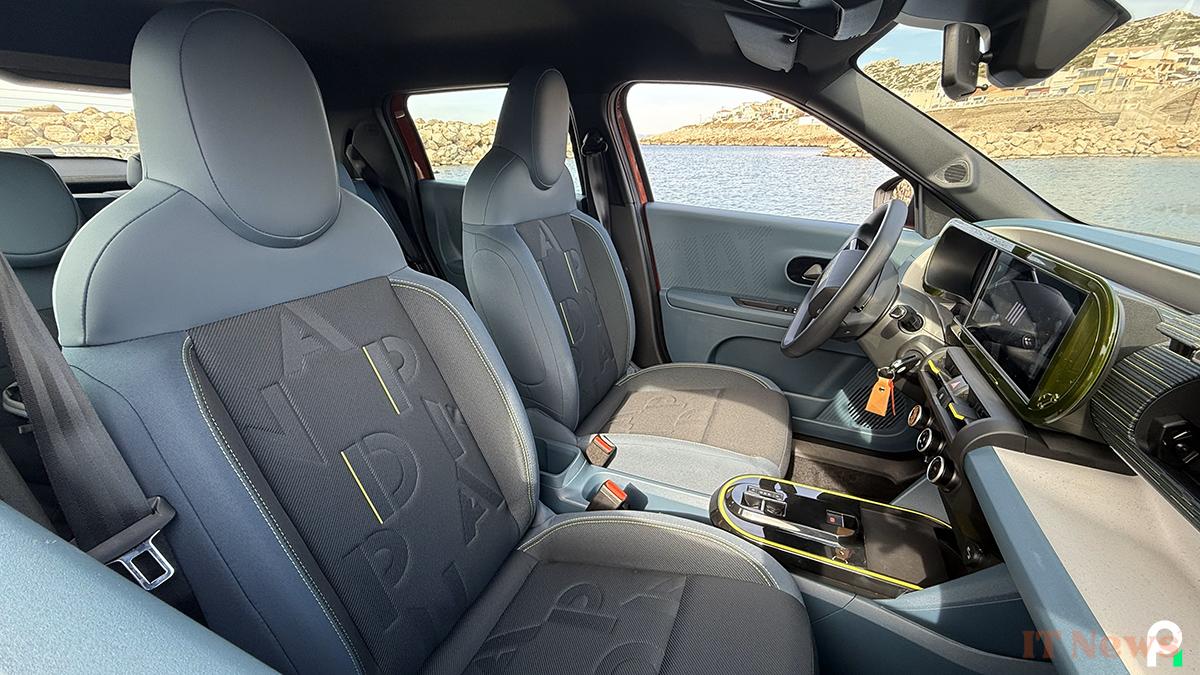
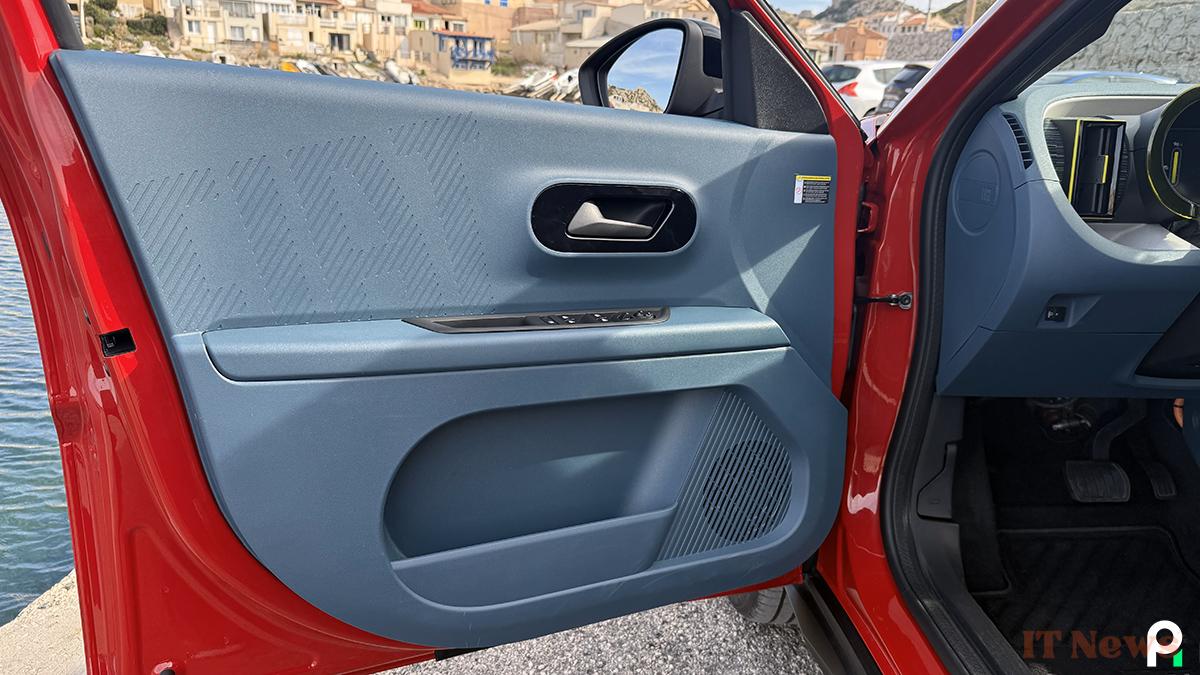
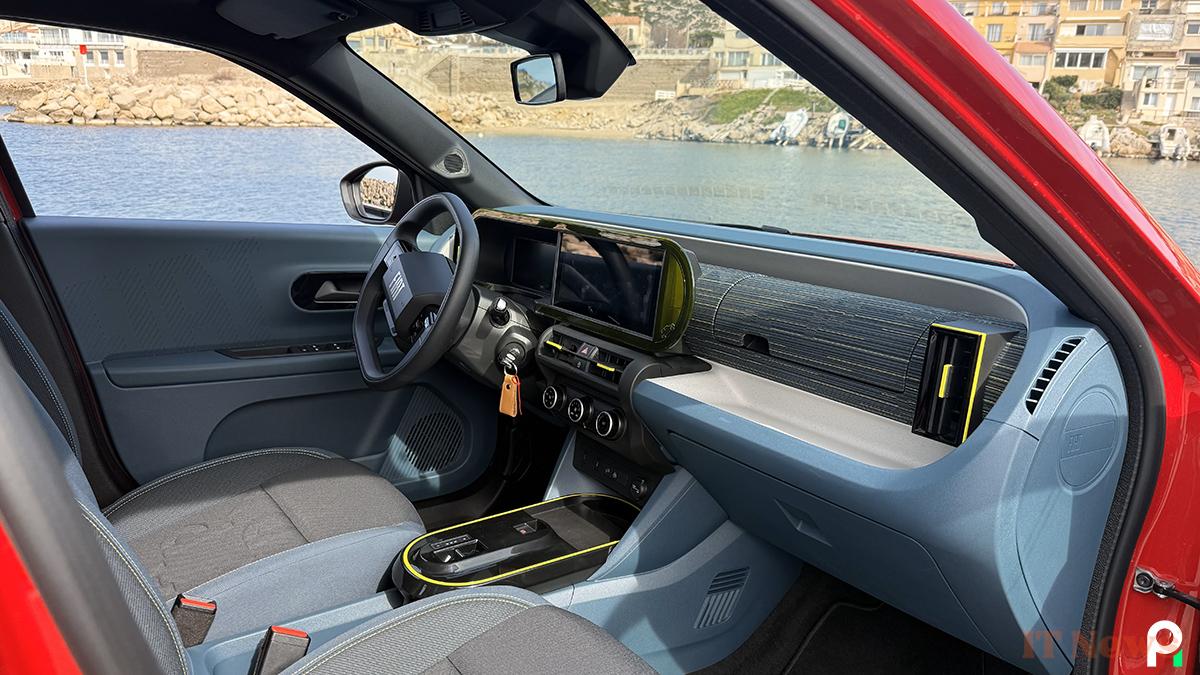
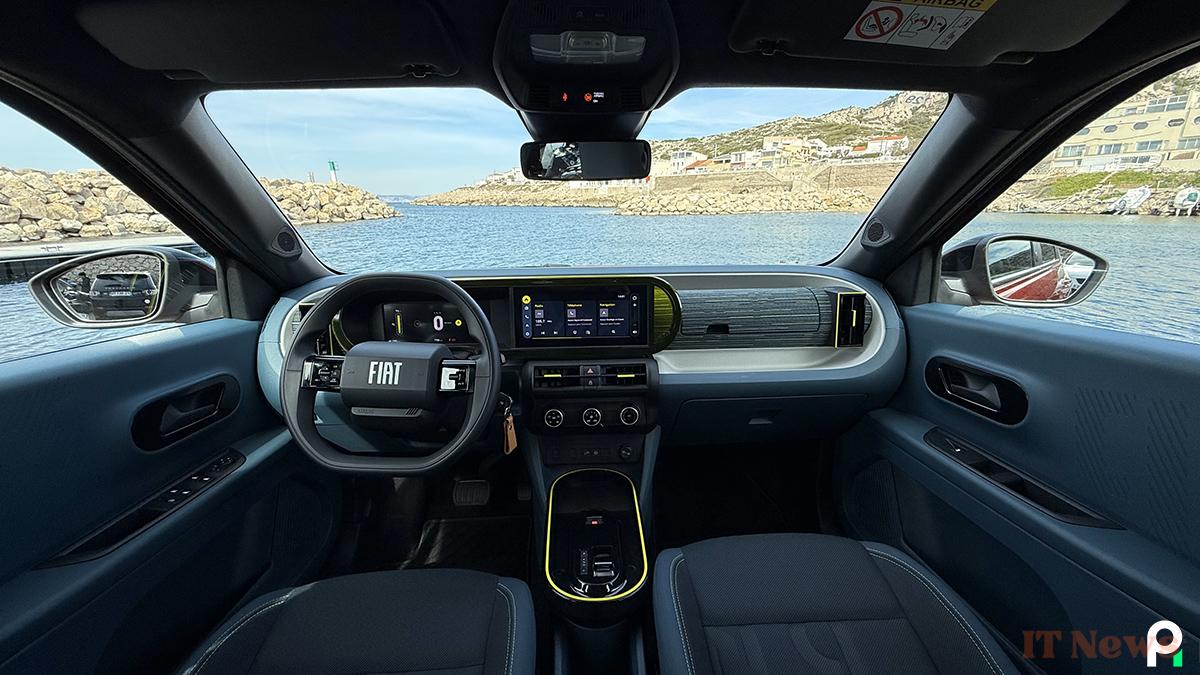
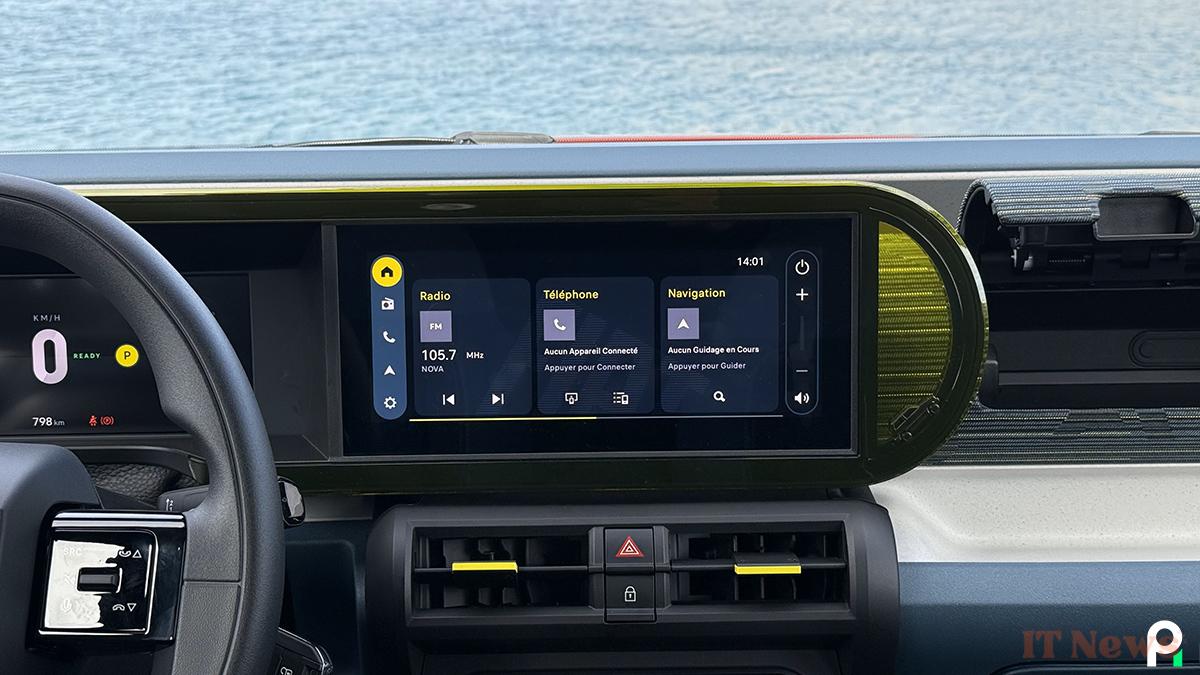
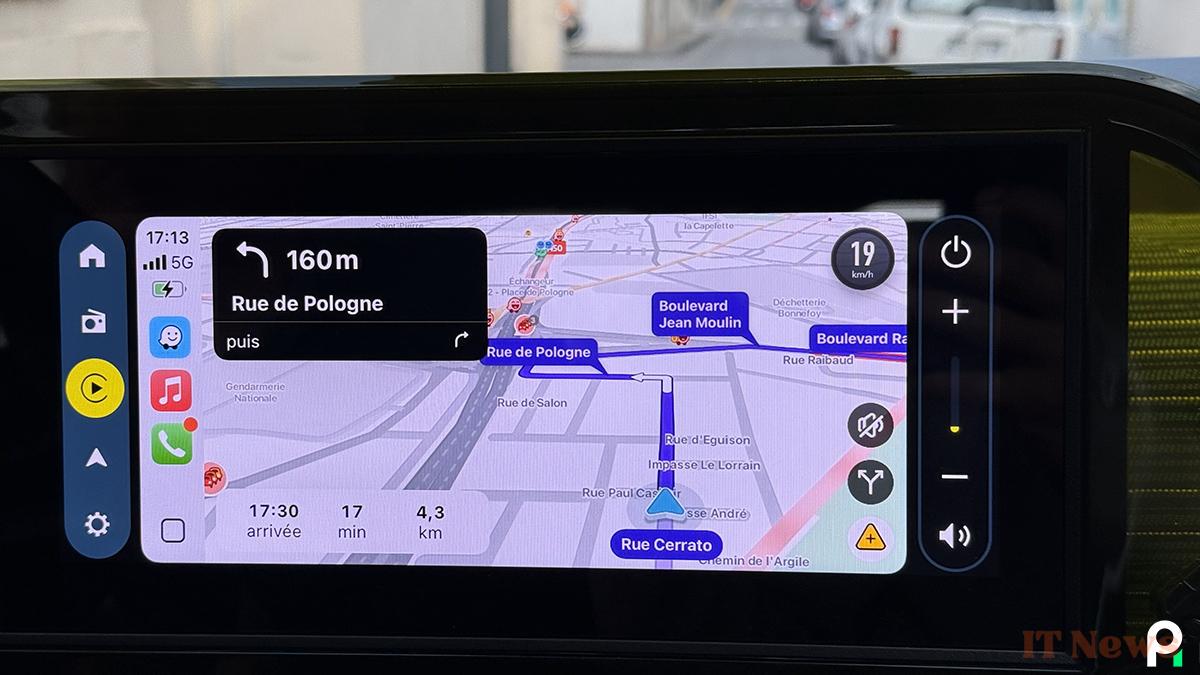
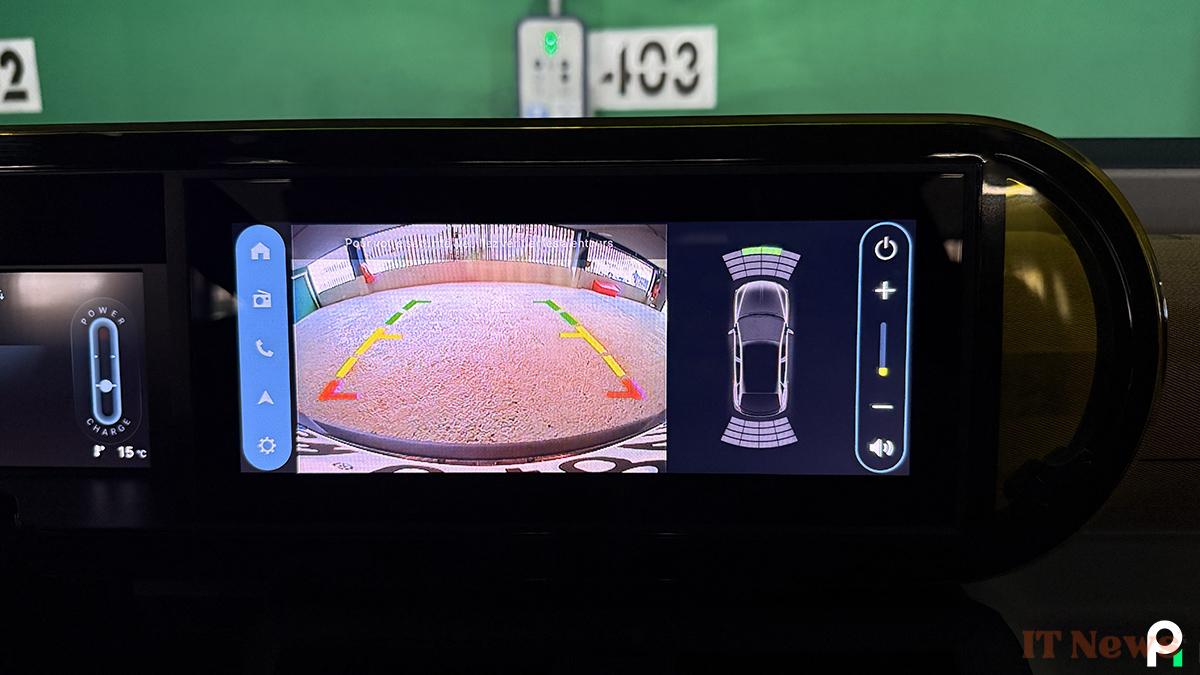
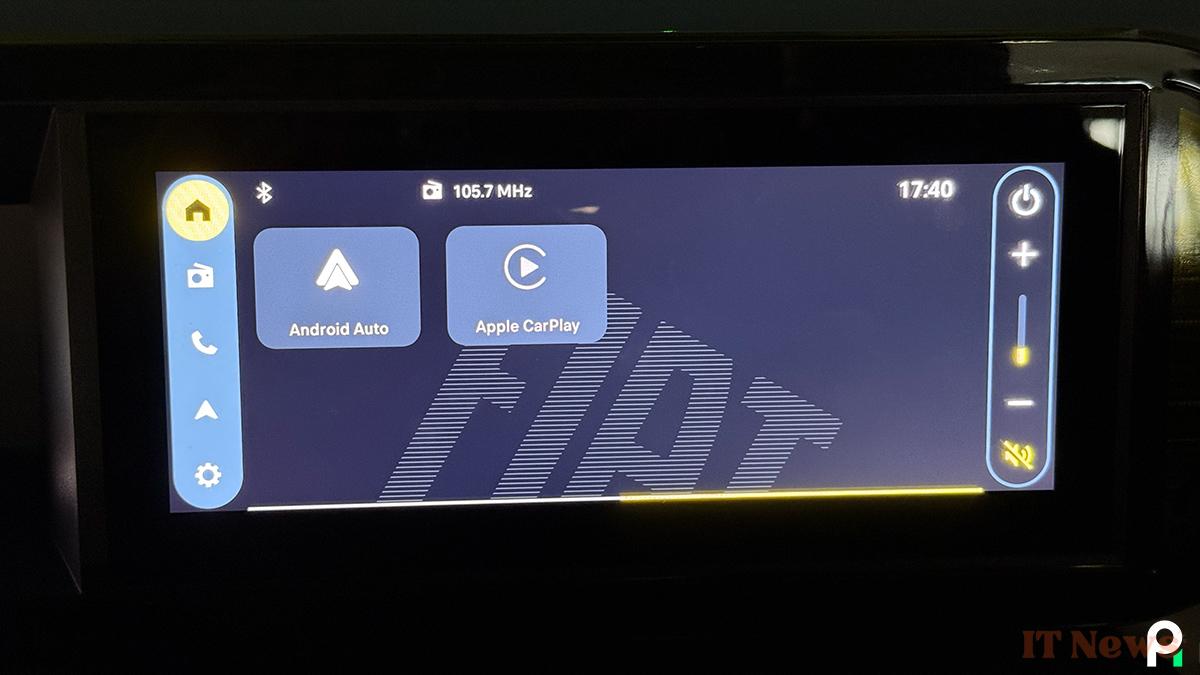
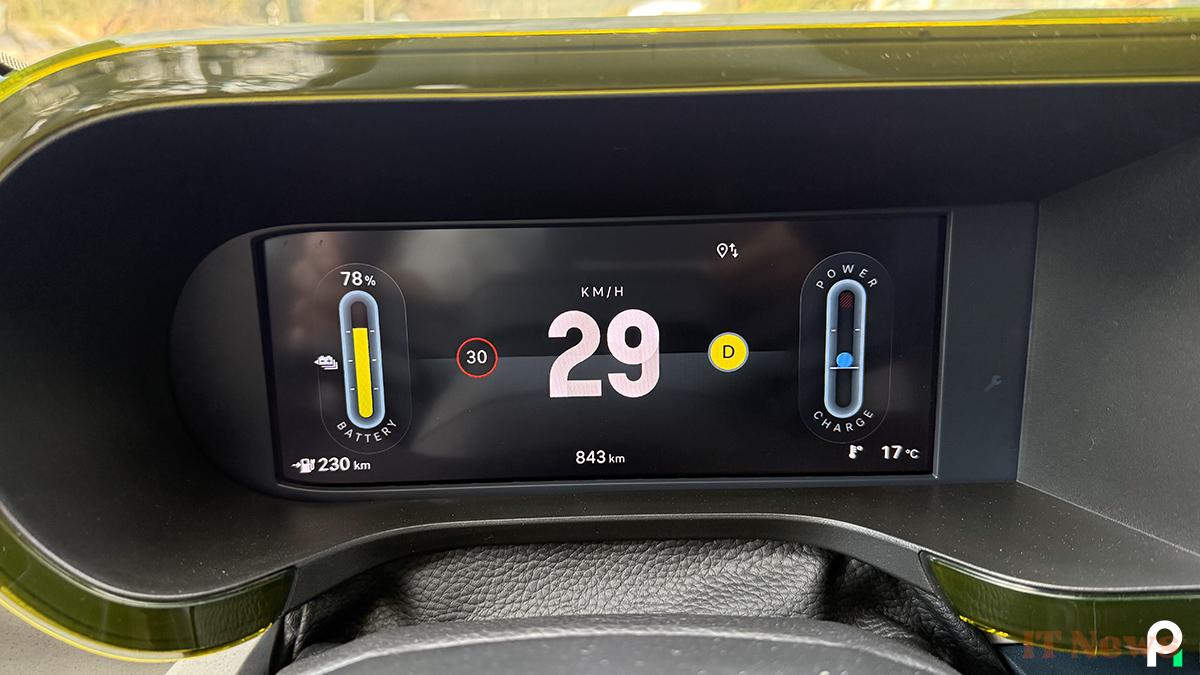
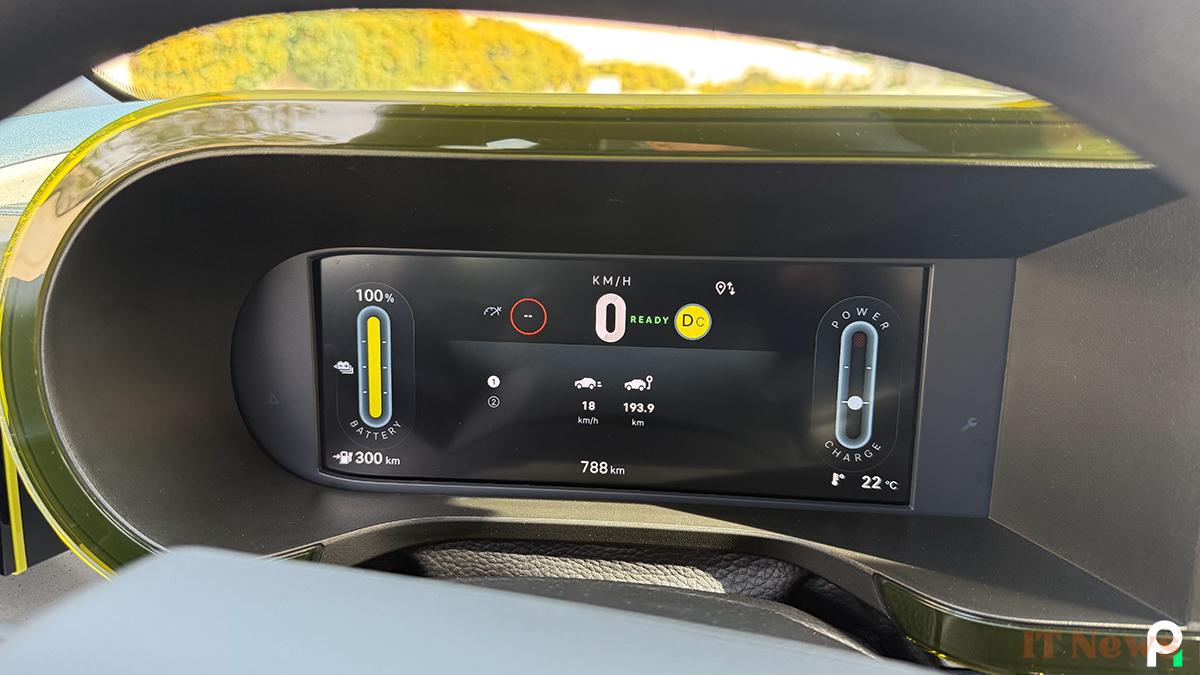
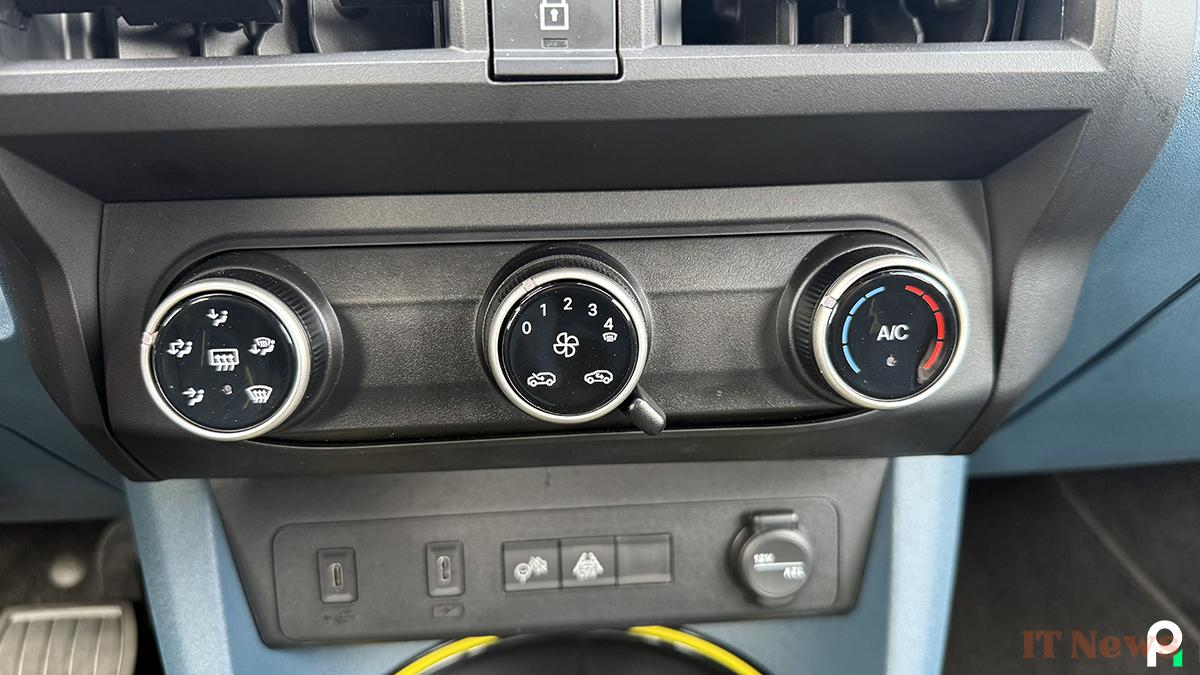
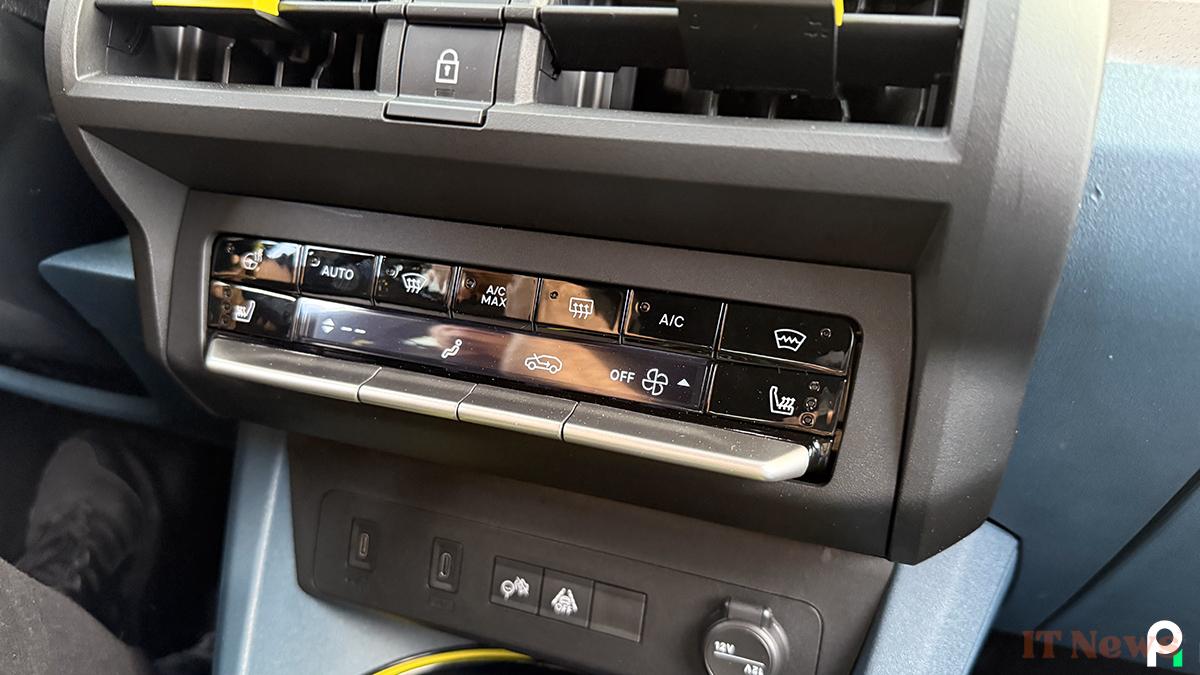
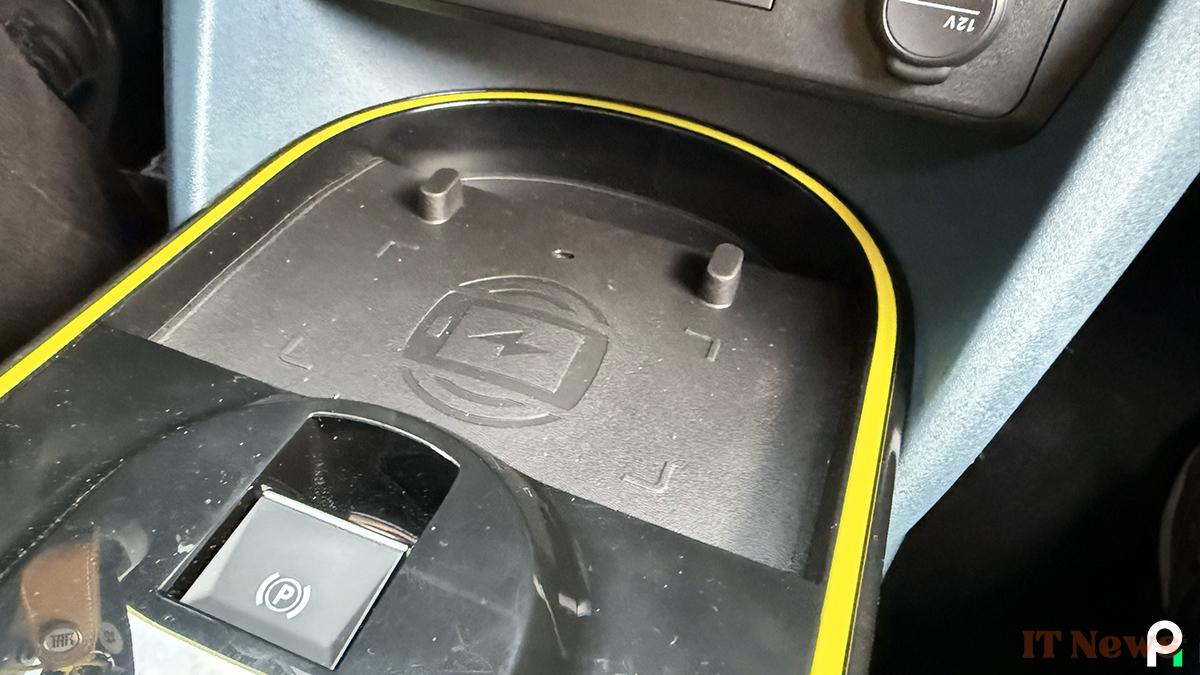
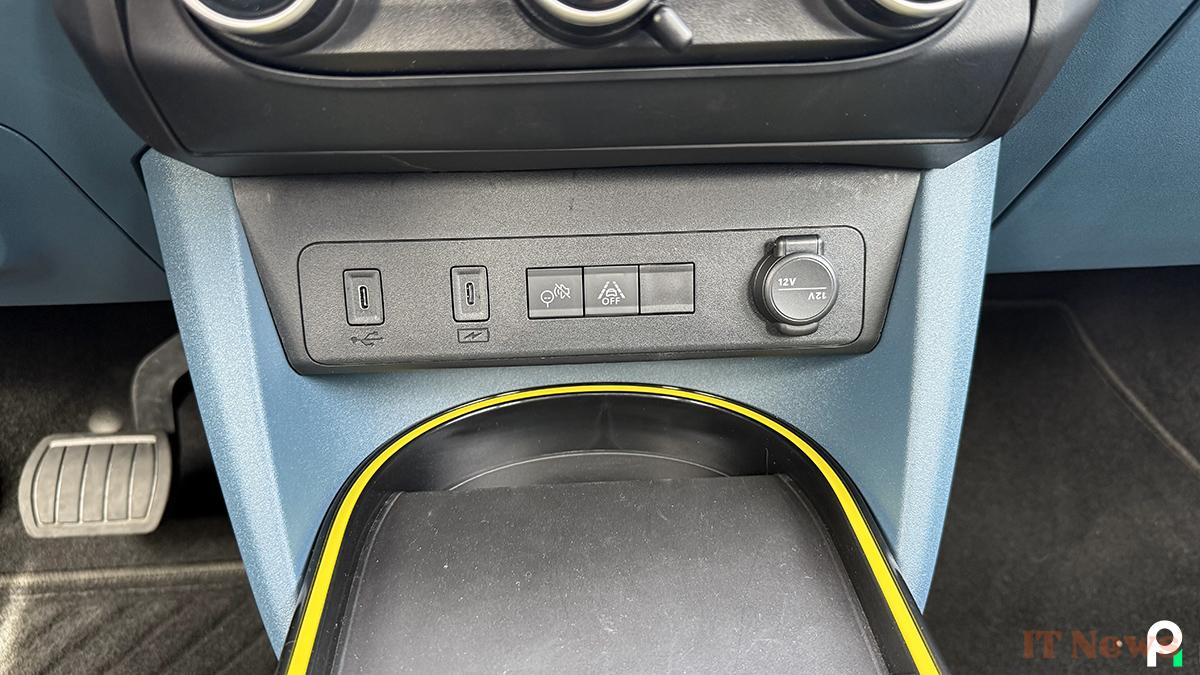
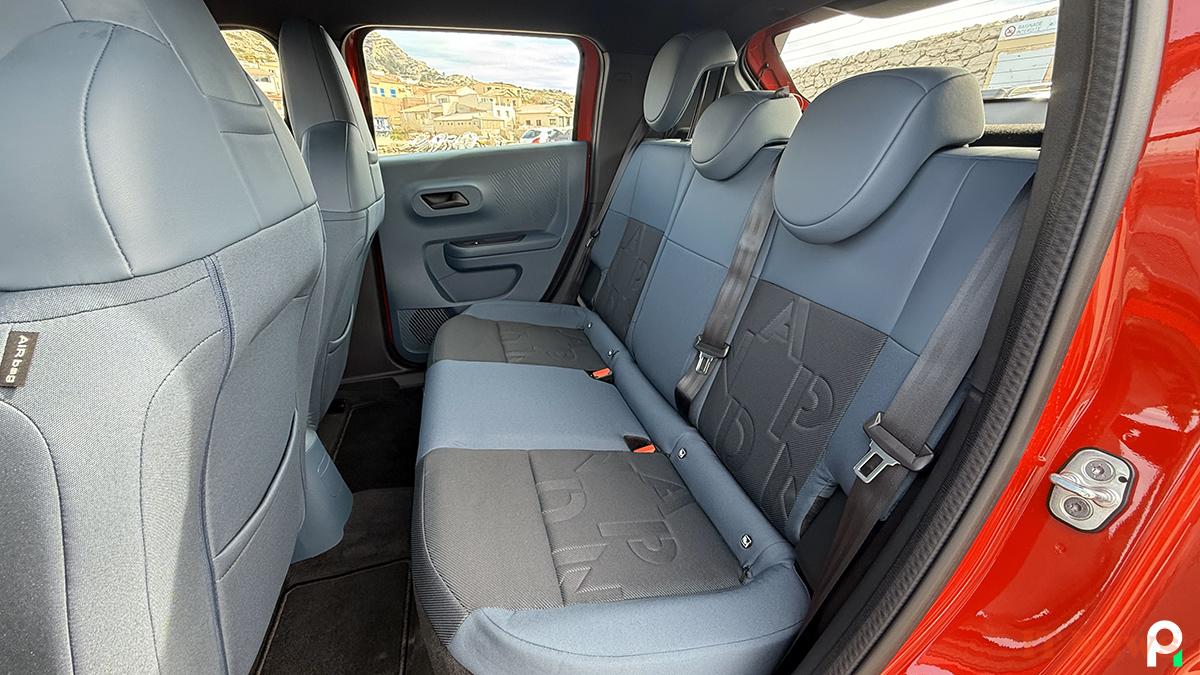
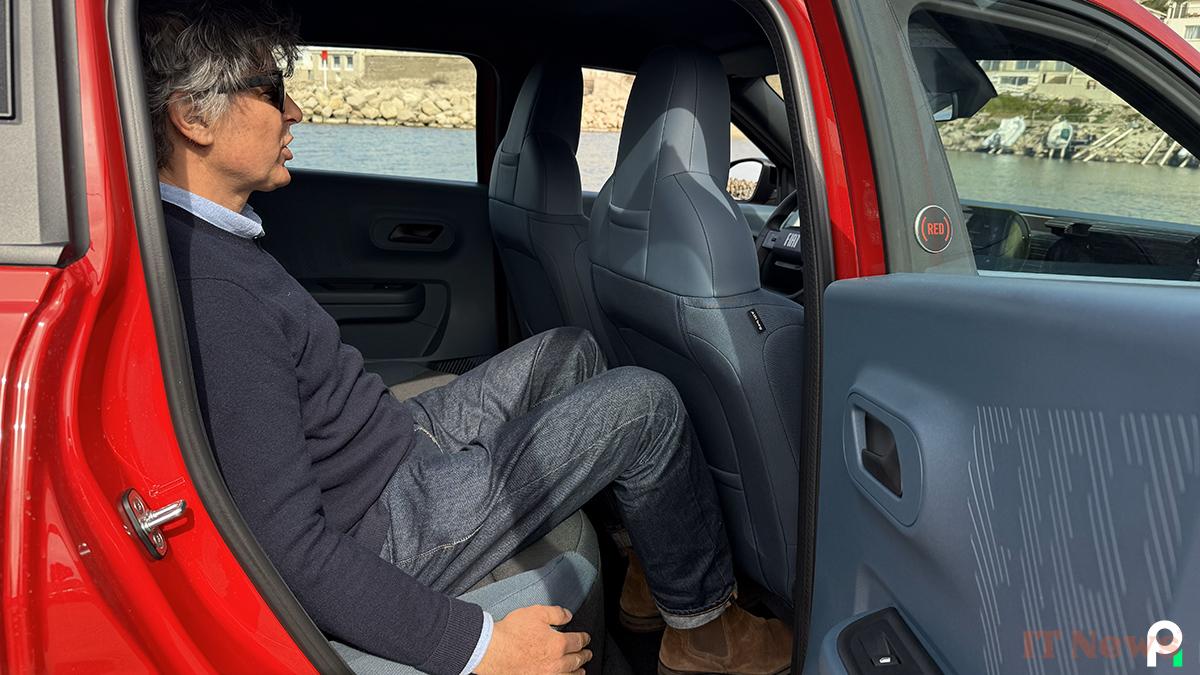

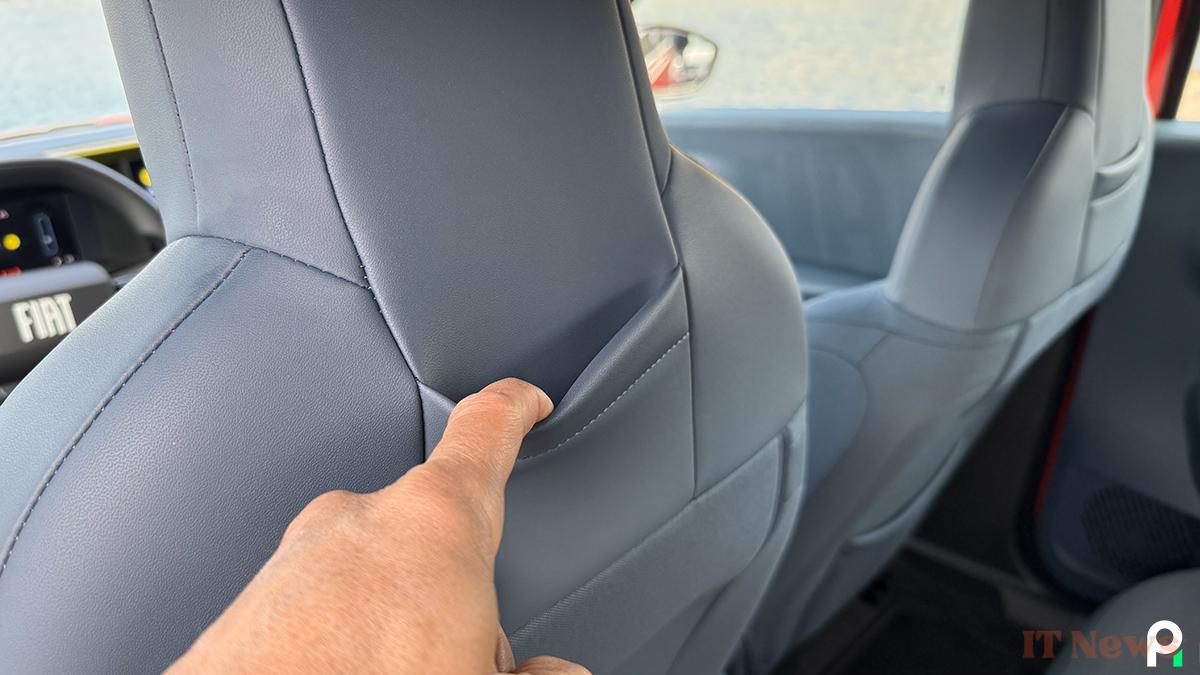
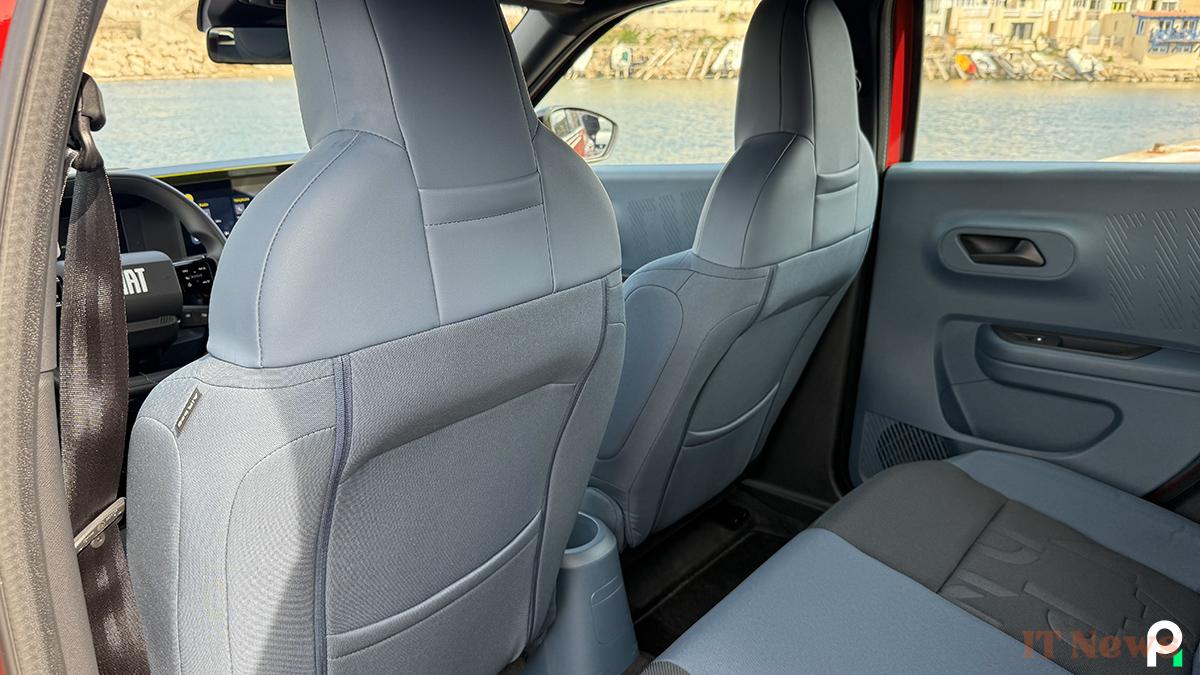
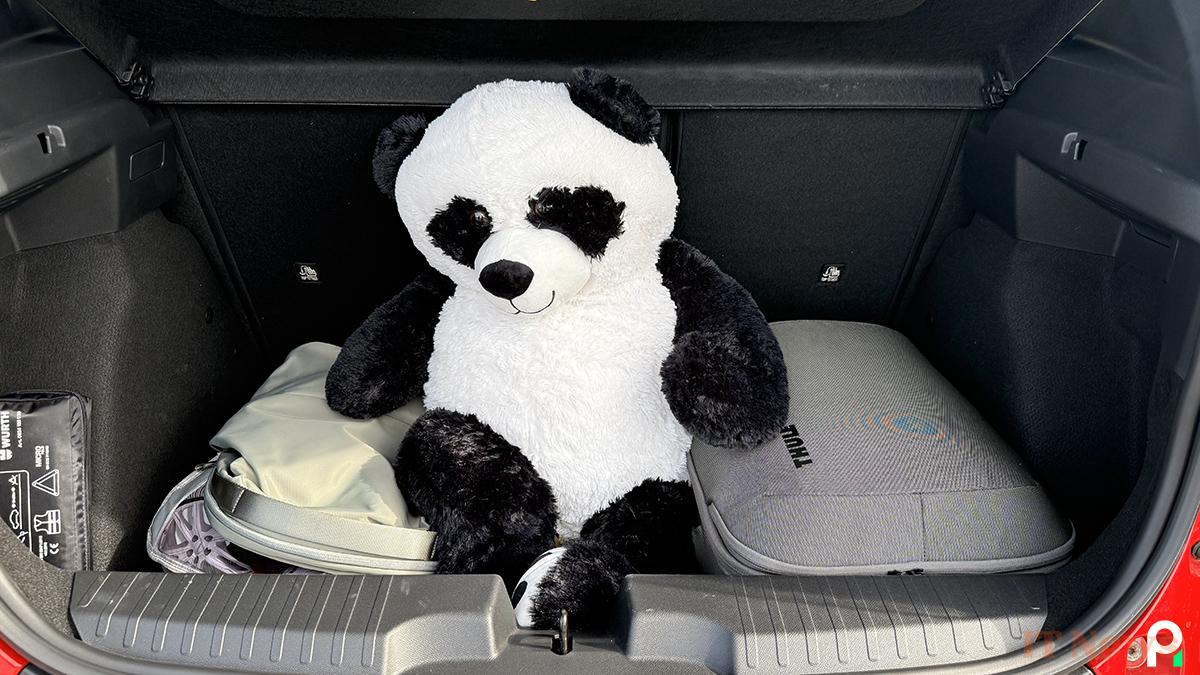
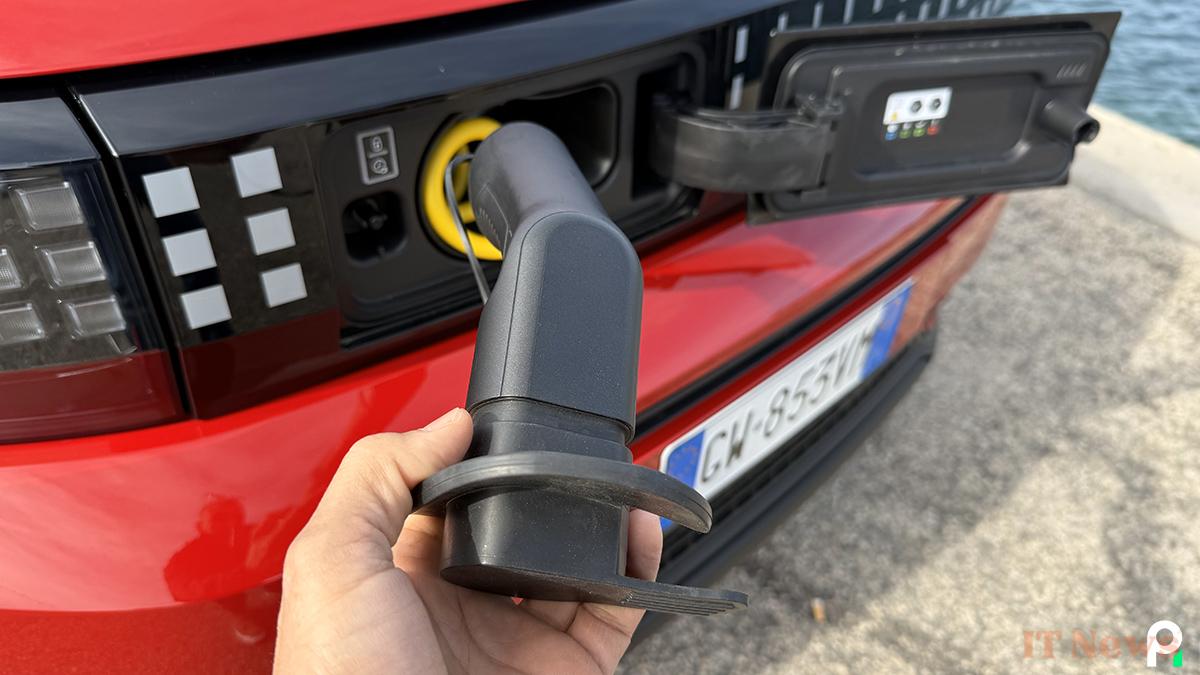
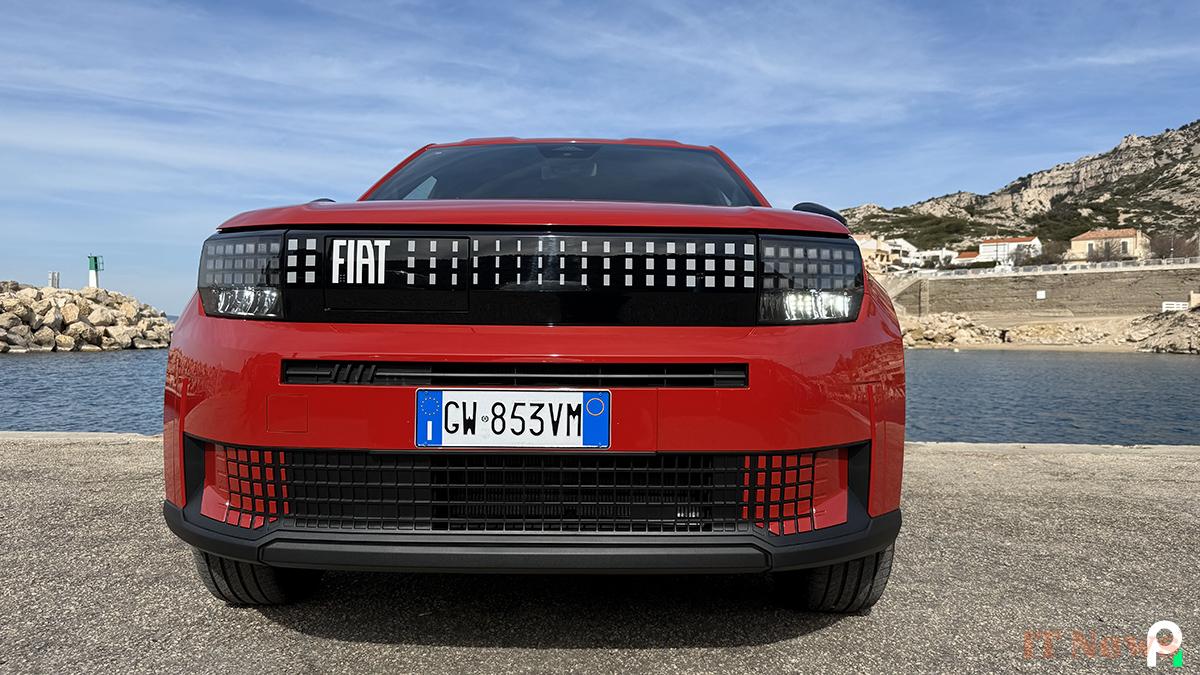
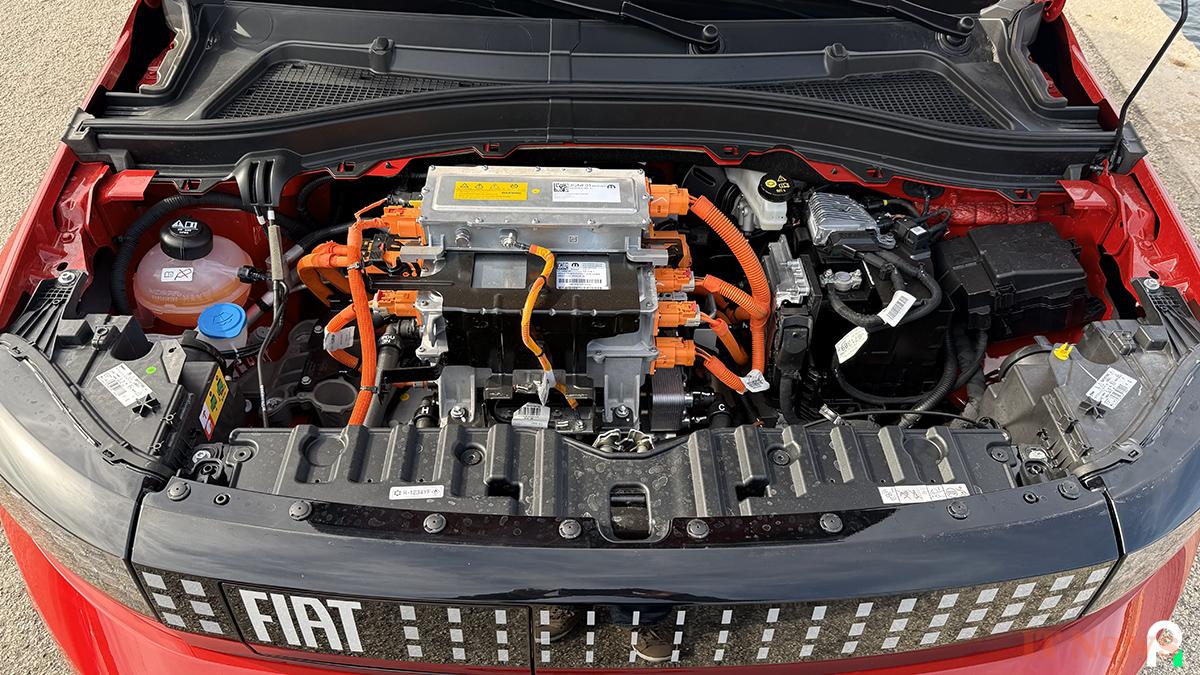
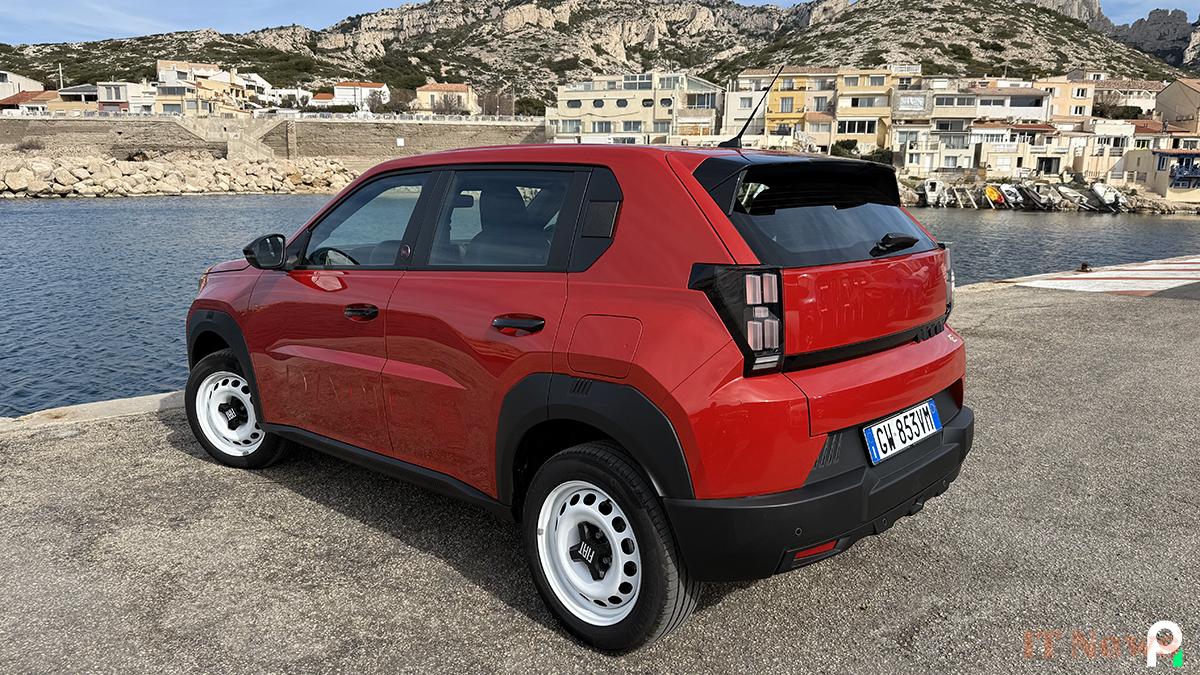
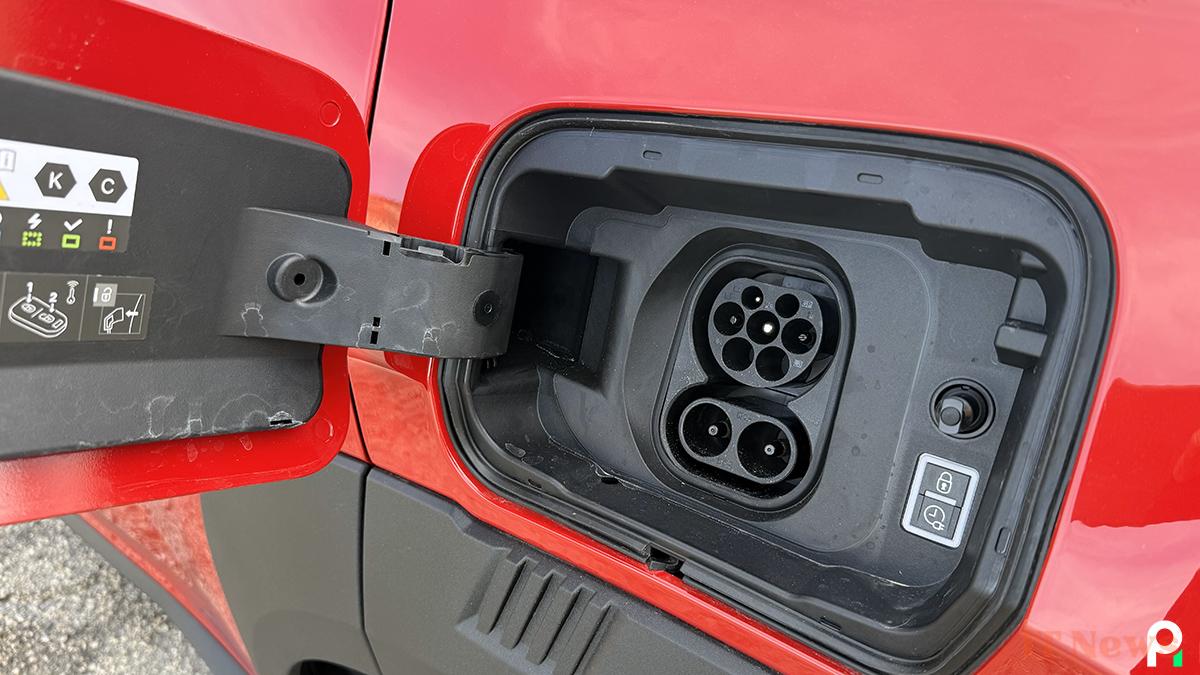
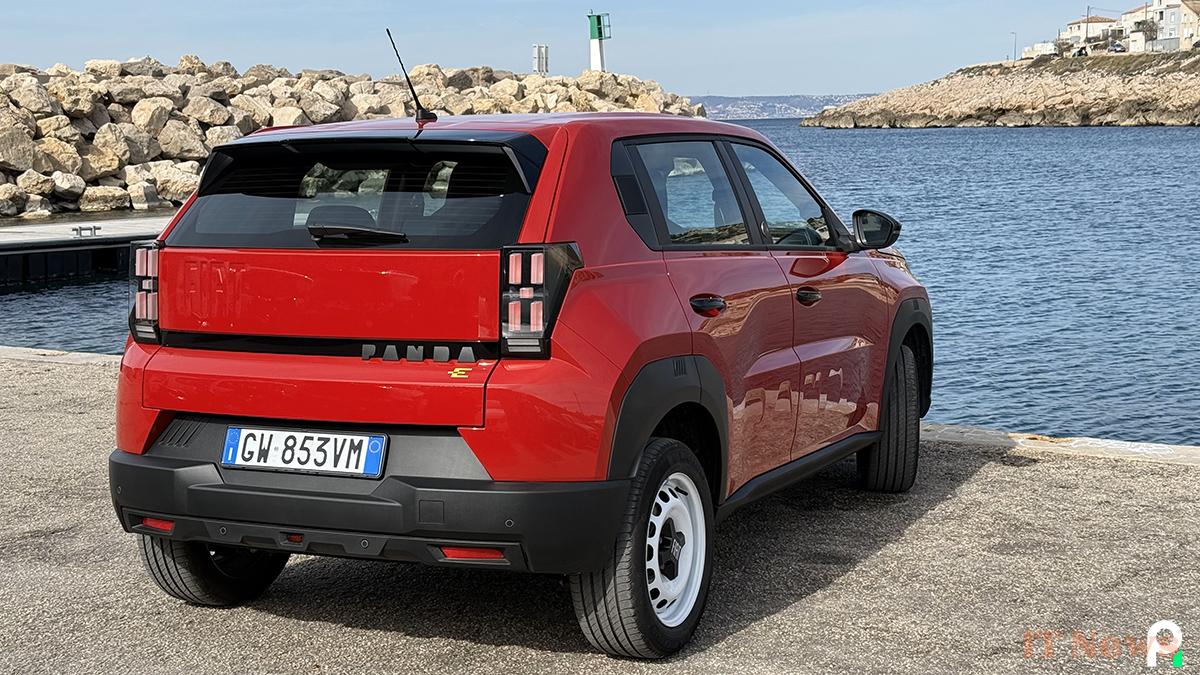
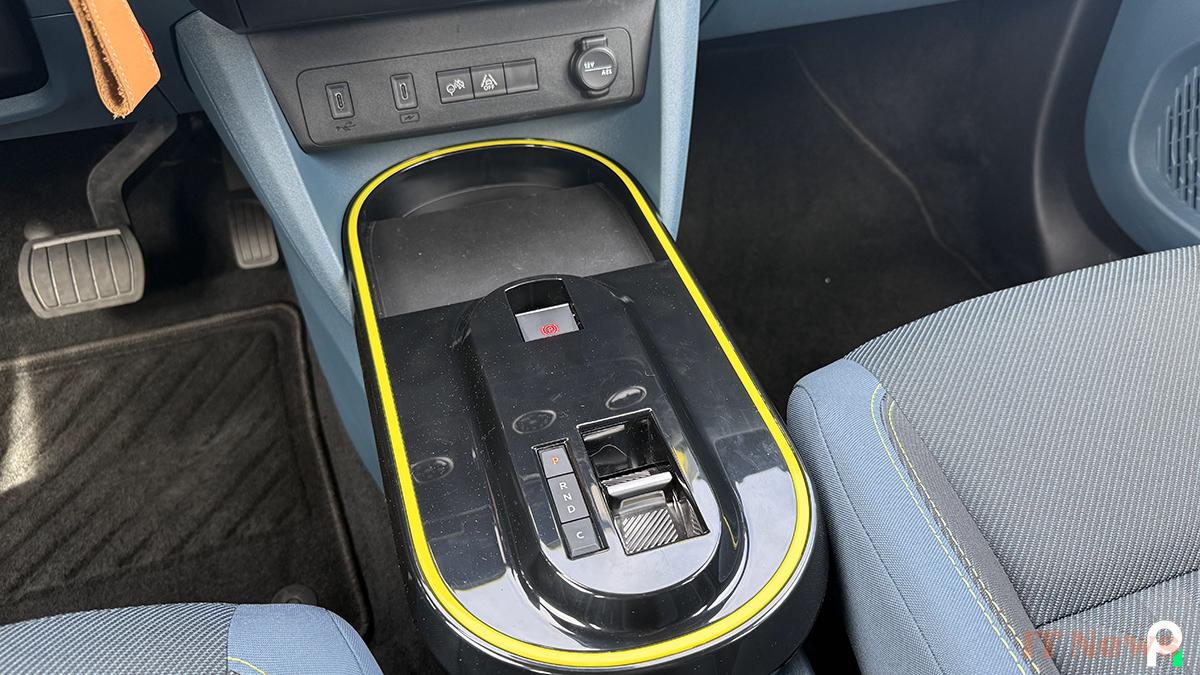
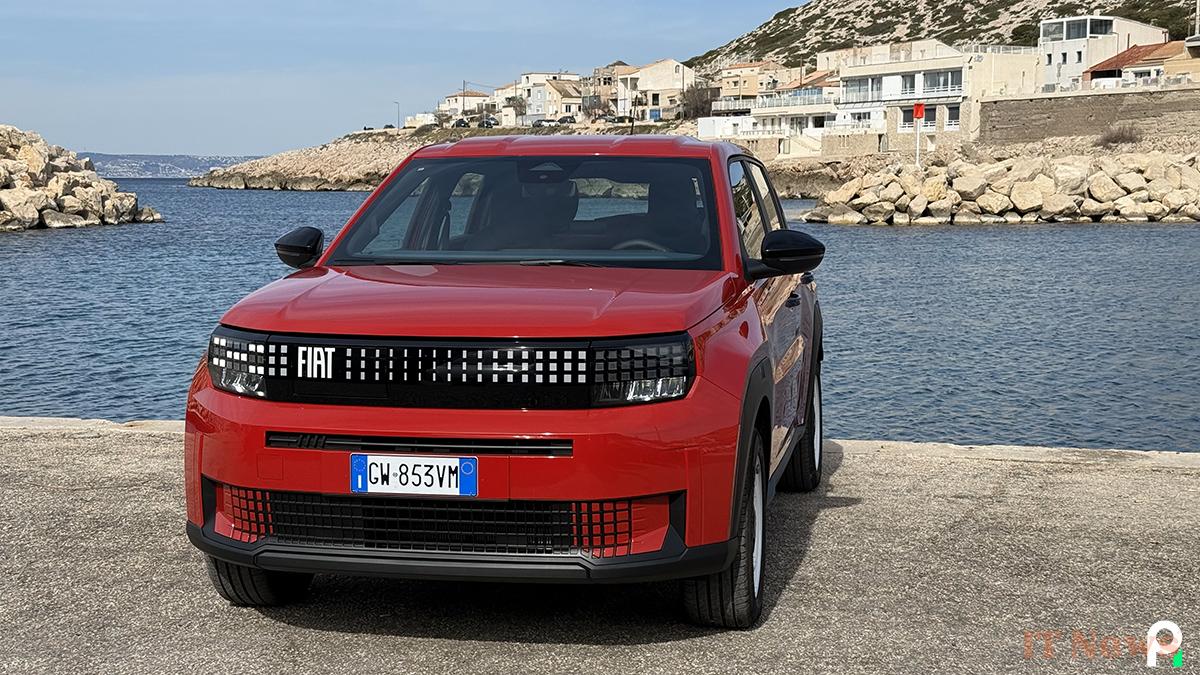
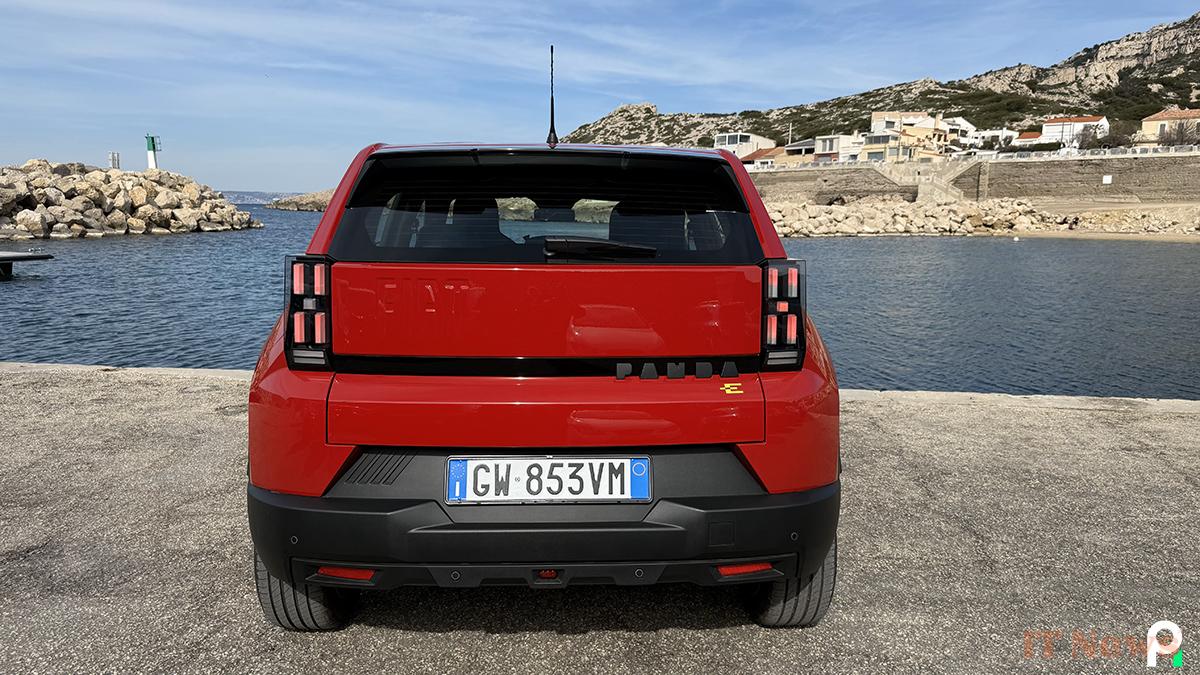
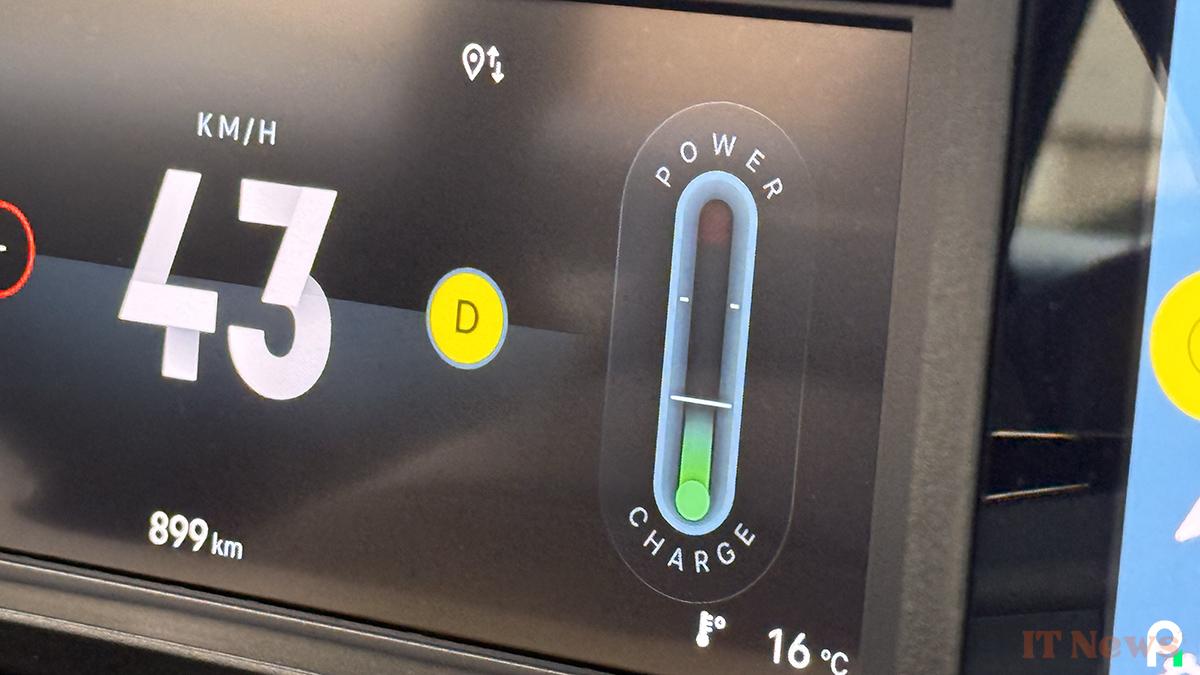
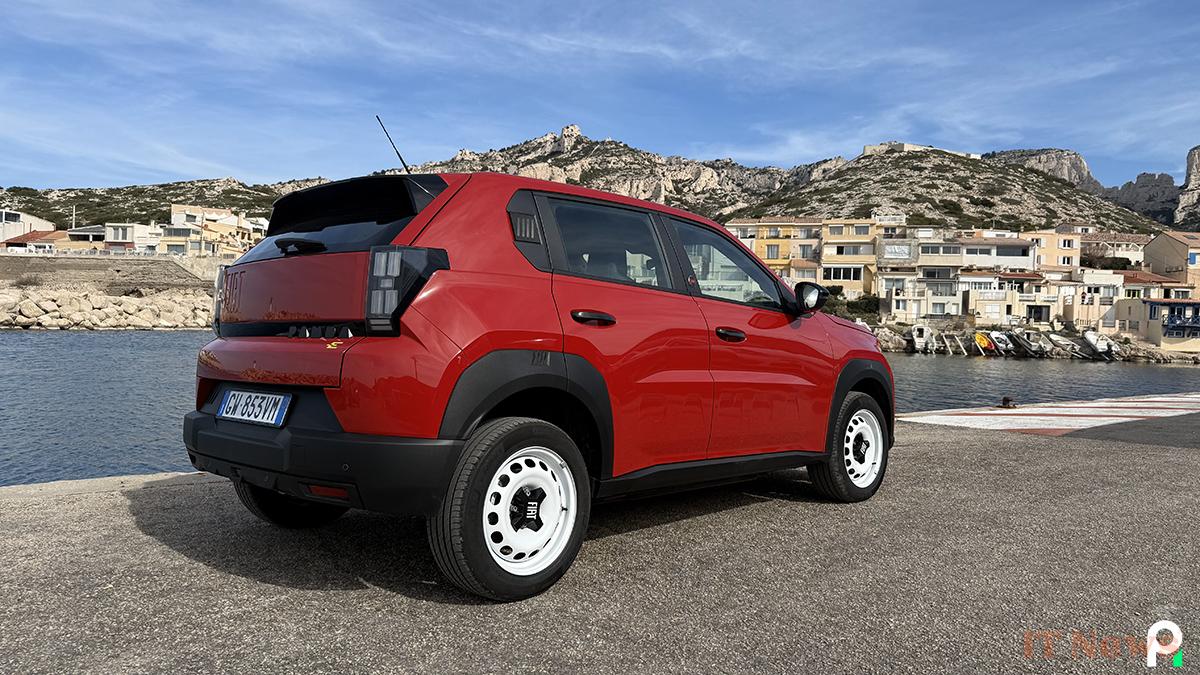
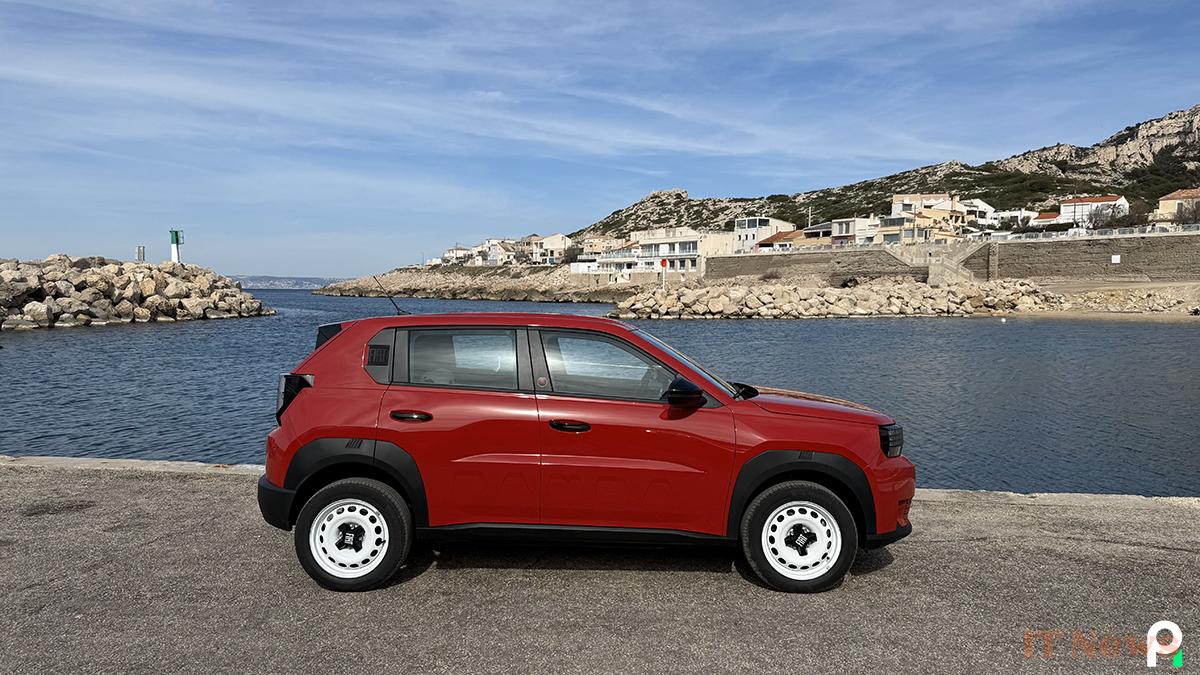
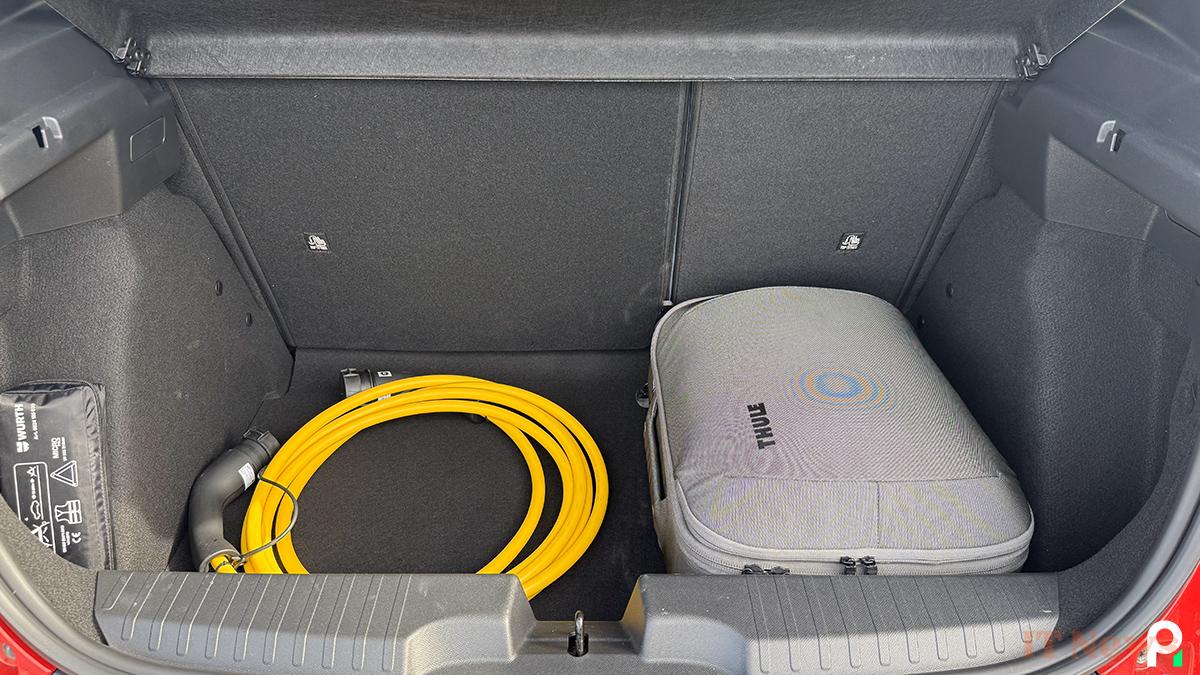
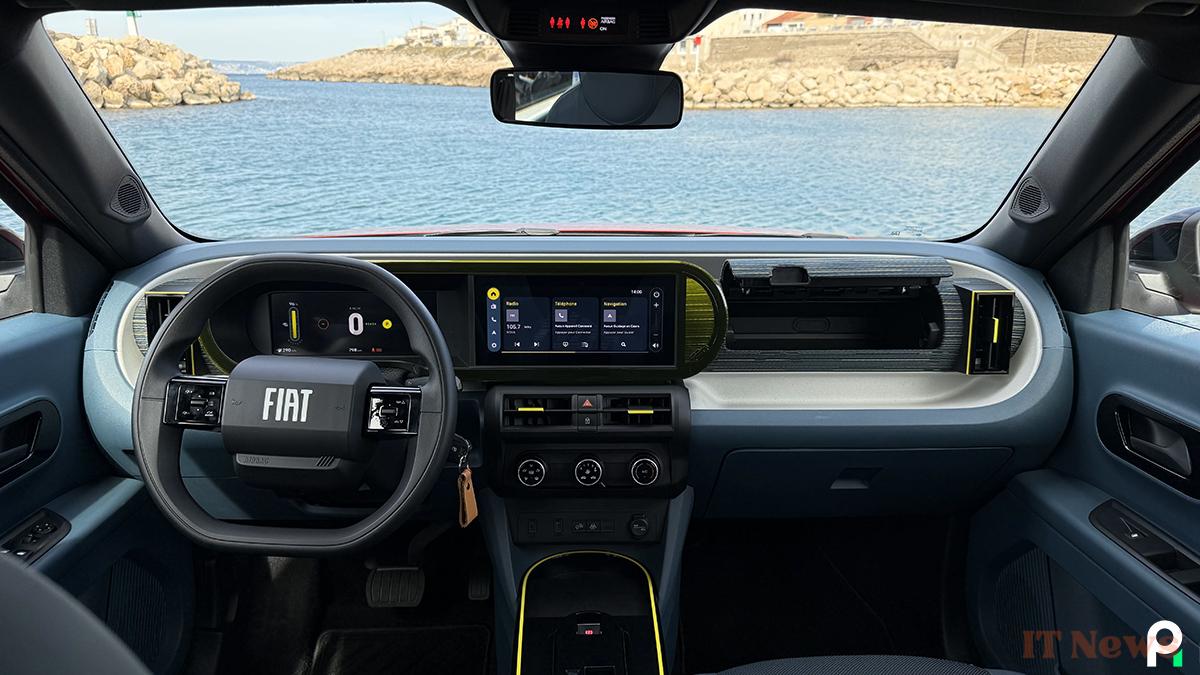

0 Comments